Sony a7IV (ILCE-7M4) Review
Dustin Abbott
January 31st, 2022
Perhaps no Sony camera series has benefitted as much from the “trickle-down” effect as the a7 series. The a7III set a new benchmark for the “full frame affordable(ish)” category by being basically good at everything. It inherited an amazing focus system from the Sony a9 that actually gave it better focus capabilities than the more expensive a7RIII, which itself had been a huge step forward. The a7III also benefited from a lot of a7S video capabilities, which resulted in it being a better video body than either the a9 or the a7RIII. It got the new battery, the new control layout, and a host of other improvements. Fast forward a few years and we’ve seen Sony release the truly incredible Alpha 1 (my review here), which advanced Sony design on almost every level. The downside? It cost $6500 USD! The new Sony a7IV (technically the ILCE-7M4) is not necessarily an Alpha 1 clone (it has a much lower burst rate, lesser video capabilities, lower resolution, etc…) but I do see a lot of Alpha 1 DNA in this camera. The Alpha 1 is my most used camera these days, so I’m very familiar with its performance and handling, and I can say that you’re getting a lot of Alpha 1 for the $2500 price point of the Sony a7IV. I’ll detail why in this review.
The Sony a7IV is designed around a brand new 33MP Full-Frame Exmor R CMOS Sensor. This ups the resolution from the 24MP seen on previous a7 bodies and brings us to what I consider a sweet spot for performance. It always felt like there was too much of a gap between the a7 series (24MP) and the a7R series (typically 42-61MP). This new 33MP sensor feels like a series step up, but it also sits in a sweet spot for today’s performance. As we’ll see in this review, this new sensor is among Sony’s best in dynamic range, high ISO performance, and seems to have improved color handling. Images are highly detailed, and I don’t feel a huge chasm between these images and my 50MP Alpha 1 images like I did with the a7III. Image resolution is 7008 x 4672 pixels, which is probably as many pixels as most people will ever need. Images from the a7IV look great:
Also useful is the fact that you still get 16MP in APS-C crop mode, which is a much more useful figure than the roughly 11MP figure on the a7III and other 24MP bodies. I found the 33MP resolution point and the new sensor helped make the a7IV feel more upscale than the a7III, which is appropriate, as it has moved upscale in terms of pricing. The a7III debuted at a bargain price point of around $2000, but the a7IV has jumped to $2500. This does create a little more room for Sony to release a budget full frame model under $2000 (a space occupied at the moment by the a7III and a7C cameras). The a7III will probably get phased out as current supply is sold off. Does the Sony a7IV justify this price increase?
Before we dive into the details, here’s a quick look at the major specs and features that stood out to me during my review:
- 33MP Full-Frame Exmor R CMOS Sensor
- Up to 10 fps Shooting, ISO 100-51200
- Much deeper buffer depth (up to 828 uncompressed RAW + JPEG)
- 4K 60p Video in 10-Bit, S-Cinetone
- No recording limit
- 3.68m-Dot EVF with 120 fps Refresh Rate
- 3″ 1.03m-Dot Vari-Angle Touchscreen LCD
- 759-Pt. Fast Hybrid AF
- Real-time Eye AF (including bird AF in stills and video tracking)
- Focus Breathing Compensation
- 5-Axis SteadyShot Image Stabilization
- 4K 15p UVC/UAC Streaming via USB Type-C
Like the Alpha 1, I feel like the Sony a7IV has “enough” of everything that I don’t feel like I’m missing much. That in itself adds up to a very compelling camera. But is it the camera for you? Find out by reading on or watching my long format definitive or quick video review below:
Follow Me @ Patreon | My Newsletter | Instagram | Facebook | DA Merchandise | Flickr | 500px
Thanks to Sony Canada for getting me a loaner of Sony a7RIV. As always, this is a completely independent review.
Sony a7IV Build, Handling, and Features
The body of the a7IV is largely familiar [131.3mm (W) x 96.4mm (H) x 79.8mm (D)], but with a deeper grip depth that improves the feel of the camera in the hand. The a7IV manages to only be 8g heavier than the a7III at 658g (with memory and batter). In many ways the control layout feels like the Alpha 1 (without the extra dial on the left of the viewfinder), though the a7IV has a welcome articulating touchscreen with a 1.037 million dot resolution that is a slight gain over the 922K dot resolution on the a7III’s tilting screen. The responsiveness of the screen is fairly good, though I do find the font size a little too small for touch precision at times and wish the menu layout was more like Canons. Being able to front monitor and use the screen in nearly infinite positions is very welcome, as is being able to position the screen for proper vertical shooting.
I love the way that Sony has designed the ports so that they fit next to the hinges of the screen in a very logical way (something Canon typically doesn’t do). The doors over the ports open precisely and don’t just “hang” like they used to on the a7III. I really like the small separate port for the microphone jack, as that assures you’ll never miss recorded audio because you accidently plugged into the headphone jack (which is in the port beneath). You’ll find a Micro-USB multi-control port along with a USB-C port used for both data transfer and charging, though like other new Sony cameras the charging requires a power source with Power Send capability.
Also improved is the resolution of the viewfinder, which has been upgraded from the 2.359 million dot resolution on the a7III to a new 3.68 million dots resolution. It’s worth noting that the viewfinder and LCD screen resolution figures are just the bare minimum for competitiveness, so don’t get too excited!
The top plate shows a few minor tweaks to the dials along with a swapping of the C1 button to the back and the video record button to the top plate. For some reason there is no longer a label on the exposure compensation dial, which I find odd. The mode dial now has a lever underneath it that allows you to switch on the fly between Stills, Video, and S&Q, and you can set up your control scheme independently for these (buttons can have different function for video mode than in stills, for example).
Most of the buttons can be programed to the function of your choice. Sony cameras have always excelled in customization, and that remains true here. The feel of the buttons is much like the Alpha 1, a7SIII, or other recent Sony cameras.
The right side of the camera holds the memory cards, and you now have the option to use a CFExpress Type A card in the #1 slot or a UHS-II SD card in either slot. There’s a slight redesign to the latch on the memory card door on the right which has you pull down and slide the door open. As noted, the #1 slot can use both UHS-II SD cards and CF Express Type A cards. The latter offers some speed advantages but at a much higher price point. I prefer the Sony Tough cards in either format right now, as I have found them to be highly performing and extremely durable).
The burst rate is the familiar 10FPS, but the buffer depth has been dramatically improved, now allowing over 1000 frames of Lossless compressed RAW or JPEGs and even 828 full size uncompressed RAW + JPEG. Long gone are the delays while the camera empties the buffer, too.
There’s probably no reason other than market separation that the a7IV does not have a faster burst rate. If it were up to 15FPS or similar there would probably be many who would see little reason to go for the a9II, as the a7IV has just as good a focus system (if not better), deep buffers, and very good tracking capabilities. This doesn’t seem too cheap on Sony’s part, however, as the a7IV’s role is really as a jack of all trades, while the higher speed bodies like the a9 series and Alpha 1 are more specialist tools.
The hotshoe has been upgraded to Sony’s new multi-interface port which allows it to record digital audio when select mics are mounted.
The shutter mechanism is better damped and quieter than the a7III, which hopefully points towards more durability over the long haul. There are front and rear dials on the top plate, with the front dial slightly cantilevered up to make it fall to hand (finger?) easily.
The main menu is the updated version that was first seen in the a7SIII and then on the Alpha 1. It is color coded and side tab oriented rather than top tab oriented like the older Sony menus. I’m yet undecided as to whether I prefer the newer menu. There’s still a lot of complexity there, and there are a LOT of options in these menus. Don’t get me wrong; I love the wealth of customization and features you have access to, but the sheer number of options will be slightly overwhelming for a while until you develop familiarity with them. I didn’t love the previous Sony menu structure, though, unlike some reviewers, I didn’t despite it either. But after years of use, I was at least familiar with it and knew pretty much where everything was. I’m having to relearn that somewhat, though Sony’s basic organization of features remains similar.
The battery door is on the bottom, as per usual, and the battery is the typical NP-FZ100 that we’ve seen since the original a9. It’s rated for about 520 shots, though real world use varies depending on what you are doing. If you shoot hybrid style and have some video clips in there, expect to charge the battery more often. If you are shooting bursts or consistent portraits, you will get far more shots than the rating. Getting an extra battery or two is never a bad idea, though. I typically feel like I have to charge my Sony batteries quicker than I expected.
Sony was an early pioneer in IBIS (In Body Image Stabilization), though over the past few years their advantage here seems to have shrunk. On paper, the 5 1/2 stops of stabilization is the same as we’ve seen for years, though in practical applications the quality of the stabilization has subtly improved over the past few years. I’ve definitely noticed that more recent Sony models have better stabilization, and that’s true here, too. One new addition for the video side is a mode called “Active” (as seen on the a7SIII) which has a slight crop but utilizes electronic aids to further stabilize active movements (like walking). I did a series of tests and found that the the active mode definitely gave smoother results when walking or moving. The crop wasn’t particularly noticeable to me, but I did feel like footage was slightly less crisp, so I would utilize the Standard IBIS setting when shooting static handheld footage and save Active for the appropriate moments. I added the option to the custom menu so that I could quickly sort between the settings.
I’ve seen ratings on IBIS and Lens IS/OSS going up and up, but it seems to me like the law of diminishing returns, as it seems like the same limitations that I’ve seen with image stabilization for the past decade still apply. I did a test at 50mm and 1/5th second shutter speed (about 3 1/2 stops) and got about a 25% keeper rate.
Still, I love having IBIS in the camera as it means that all lenses get at least some stabilization. You can manually set the focal length to stabilize even if you are using old vintage lenses. It’s possible to get good results at very low shutter speeds in many situations, but it is important to have realistic expectations about what IBIS can and cannot do. Sony needs to continue to innovate on this front because the competition has more than caught up at this point.
So while the Sony a7IV may look very familiar, there are a lot of key upgrades that seriously improve the ergonomics and performance of the camera. I find a lot of the Alpha 1 DNA here…in a camera that is about a third of the price!
Sony a7IV Autofocus Performance
One again the Sony a7IV has really benefitted from the trickle-down effect, as like the a7III received most of the AF system of the a9, the a7IV has received most of the focus system from the even better Alpha 1. Sony has upped the ante on the total number of phase detect points from 693 on the a7III cameras to 759 on the a7IV, with about 94% coverage of the sensor. That’s only up a percentage point or two, but it does suggest that the AF points on the a7IV are slightly smaller and more precise, which can help when you are trying to nail focus on a very narrow subject (like when shooting macro). As is typical with Sony cameras, the PDAF is backed up by 425 contrast points (which is why it is called a Hybrid-AF system).
The improvement in AF is more than AF points or spread, however, as the a7IV has also inherited the BIONZ-XR processor from the Alpha 1. The Sony a9 was capable of 60 focus and exposure calculations per second; the Alpha 1 (and thus the a7IV) doubles that to 120. Here’s what Sony says, “At an astonishing calculation speed of up to 120 AF/AE per second, the Alpha 1 can maintain focus with high accuracy even for fast moving subjects. It can automatically adjust exposure, even with sudden changes in brightness, with an AE response latency as low as 0.033 seconds“. While the lower frame rate of the a7IV means that you won’t push the limits of the processor the same way, it does indicate that we have a very, very robust autofocus system.
Also improved is AF sensitivity, which can now focus down to -4 EV and up to +20 EV. This doesn’t quite match the numbers that Canon is throwing out, but I was definitely able to focus effectively in low light situations. I took this shot, for example, at ISO 25,600 inside my very dark Ruggard Dry Cabinet.
Sony has also ported over the refined Eye AF capabilities of the Alpha 1, including the new Bird Eye detect mode. Part of that improvement is that they state that eye detection is now effective from more angles, and that I believe to be true. You can see that I shot this low shot of Loki at an odd angle and eye detect still nailed everything perfectly at F1.4 (using the new Samyang AF 50mm F1.4 II – my review here).
This shows how much better Sony’s eye detection has gotten, as you are much more likely to get precision in a wider range of situations.
Sony has now enabled all three types of Eye tracking for video purposes as well. Even the Alpha 1 didn’t have real-time bird tracking in video (though expect that to get added via firmware).
My two week loaner period coincided with a severe cold snap in January where the temperature hovered between -20 and -40C…and public spaces like gyms were in COVID lockdown Not much was moving out there for tracking, so I didn’t get a chance to really torture test the a7IV’s tracking abilities. Still, I was very impressed even with the tracking of the a7C (an inferior focus system), and I think the focus system in the Alpha 1 is amazing (which is where most of the tech in the a7IV is borrowed from), so I fully expect the a7IV to be a very capable camera for tracking…as far as the focus system goes. The real story is a little more complicated, though.
What you don’t have relative to the a9 series or the Alpha 1 is the blackout free viewfinder. In fact, at 10 FPS (H+), you get something like a storybook where the last image shows for a split second and you don’t get a real-time view at all. At High (H) speed you get only 8 FPS, but you do get a real time viewfinder experience, though one interrupted 8 times per second with black as the shutter closes. You can switch to an electronic shutter, but the burst rate seems to drop to about 6FPS and you still get blackout. The illustration below shows the difference between the blackout free readout of the a9/Alpha 1 vs the blackout view you’ll see on the a7IV.
This is clearly not as sports oriented as the a9 and Alpha 1 models that are built around an electronic shutter. You have the autofocus capabilities to track action effectively, but the architecture of the camera means that the process will be more difficult. If you want to purely do sports or fast action, then you need to look at one of Sony’s serious sports bodies. In some ways those deep buffers go to waste, as the burst rate and viewfinder experience don’t really lend themselves to dedicated action tracking. The upside, though, is that you’ll probably never have to worry about missing a shot because the camera was trying to empty the buffer!
Where the Sony a7IV does shine is as a general purpose or portrait camera. I put the Sony a7IV in my assistant’s hands for a quick portrait shoot (it was so cold that I needed to be the subject – no other volunteers for portraits at -25!). He used a camera he had never previously touched and a lens (aforementioned Samyang AF 50mm F1.4 II) he had never used and shot in very cold conditions…and yet when I reviewed the images, I found that they were all focused very well.
I had him shoot strongly backlit shots, though trees, and at various distances, and there wasn’t a missed shot in the bunch.
This quick shot of Loki also shows great focus and accuracy even at F1.4:
So while this may not be a pro sports camera, it will do all of the ordinary things that photographers do exceptionally well.
Sony a7IV Video Performance
The Sony a7III was a very popular hybrid camera for video work for several reasons. It had very good video quality even though it was capped at 4K30. The high ISO performance was very good, as was the autofocus quality. It had things like SLOG and other picture profiles. Expectations are of course higher still for the a7IV, and in many ways I think it delivers.
Here’s some of the video highlights of the a7IV courtesy of B&H Photo’s listing:
- Making full use of the high-resolution 33MP sensor and fast processing capabilities, UHD 4K 30p XAVC HS 10-bit recording is possible using the full width of the sensor, offering 7K oversampling for impressive sharpness and realism.
- There is also oversampled 4K recording, via a 4.6K capture area, with a Super 35 crop, that offers UHD 4K output up to 60p in 10-bit.
- No recording time limit allows for unlimited clip lengths and the camera’s physical design features an improved heat-dissipating structure to promote longer possible recording times; longer than one hour of continuous 4K 60p 10-bit 4:2:2 recording, for example.
- The a7 IV employs a pair of codecs to suit different workflows: XAVC HS, which uses HEVC/H.265 encoding to retain more detail at smaller bitrates and XAVC S-I, which is an intraframe codec for consistent performance and quality at bitrates up to 600 Mb/s.
- S-Cinetone can be used to deliver distinct colors and healthy-looking skin tone rendering that matches the FX9 and FX6 cameras, along with the a1 and a7S III, and is based on technology from the professional Cinema Line cameras, such as the VENICE. This color profile offers natural mid-tones, soft colors, and especially well-controlled highlights.
- HLG (Hybrid Log-Gamma) support permits recording within a wide color gamut for producing HDR-ready content directly from the camera.
- S-Log3 is also available for producing a 15+-stop dynamic range with increased grading control in the shadow to mid-tone regions of the image.
That’s obviously a lot of great video options there, and my only critique is having to deal with the crop factor to get 4K30. The biggest challenge there is if you want to get wide shots, so having a decent APS-C wide angle lens might be a good idea for shooting 4K60 and keeping a wide perspective. Other standouts to me are the lack of any recording limit, improved heat dissipation (getting more than an hour of 4K60 without overheating issues is great news!), and of course the practical advantages of the articulating LCD screen for front or side monitoring along with all of the autofocus tracking options.
We’ve also got a few new features to help with video capture. One is the focus breathing correction that helps certain lenses get a better result during focus changes. For more information and a list of lenses covered, check out this page. I tested it with my Sony 35mm F1.4 G Master lens (one of the supported lenses) and noticed a few things. First of all, there is a slight crop factor involved with the process. Secondly, I noticed a subtle improvement with focus breathing, but no magic cure at all. The concept is interesting, but thus far software seems no match for actual optical engineering in the lens for this video issue.
Another new feature is called “Focus Map”, which uses an overlay of brightly colored boxes to highlight what is before and after the plane of focus with only the in focus area being naturally colored. It’s a more visually pronounced way of seeing what is in focus relative to typical focus peaking color overlays, and I can see it being useful, though some might find the sheer brightness of the color distracts them from the actual process of engaging with whatever subject is onscreen.
There’s a wealth of professional video options here in terms of codecs, color profiles, and HLG. The footage looks great, with great detail and a good deal of versatility for low light performance and dynamic range. I also do like the look of the S-Cinetone profile that’s included. I’m not a serious videographer or cinematographer (I mostly shoot for my YouTube channel), so I’ll leave the detailed analysis to those more professional than myself.
I suspect that things are good enough here that some people may decide that spending the extra money on the a7SIII is unnecessary.
Sony a7IV Sensor Performance
Put simply, I’m loving the new 33MP sensor from Sony. I’ve petitioned for a camera at this resolution point for a while. Image resolution is 7008 x 4672 pixels, which is probably as many pixels as most people will ever need. It gives you reasonably high resolution but without any of the complications that extremely high resolution brings.
I also love having the Lossless Compressed RAW options, as most of the ARW (RAW) files are around 40MB, which is plenty for editing but not too onerous to store. There’s enough resolution there for a usable 16MP APS-C mode, too. Photos look great from the camera, with nice resolution, great dynamic range, and good color rendition. Look at the great detail even in the deep crop from the main image.
As this is a new sensor, I’ll take a deep dive into various aspects of its performance.
ISO
The challenge when you raise resolution is that low light performance can suffer. Camera makers have gotten increasingly good at mitigating that, however, and that’s definitely true here. The a7IV has a native ISO range from 100-51,200, with an expanded range of ISO 50-204,800 available. Yes, ISO 204,800, which is certainly getting into silly territory. I’m not going to be recommending that you take any shots there, but the native range is another story. It wasn’t that long ago that I found ISO 51,200 to be joke range, but that’s far from true now. It’s still not my preference to shoot that high, but I’ll definitely say that even ISO 25,600 is very usable here. Let’s start by taking a look at our base ISO image, which looks excellent with great contrast, good color accuracy, and fine detail.
At ISO 1600 the result is scarcely distinguishable from base ISO (100) even at a pixel level:
At ISO 6400, there is the tiniest amount of noise in some of the shadows, but color saturation levels, color fidelity, and contrast are pretty much indistinguishable from base ISO:
Things are mostly similar at ISO 12,800, with black levels still quite inky. By ISO 25,600, you can start to see some uneven pixels in the black area (some white specs) and the “grain” is heavier, but things are still quite usable.
Often I see cameras fall apart in the last stop (say, from 25,600 to 51,200), and that’s somewhat true here, but ISO 51,200 is only slightly further deteriorated. I see a tiny green shift in the basic tone of the image (a Sony sensor hallmark), but the image still looks pretty good at a global level.
It doesn’t even look too bad at a pixel level. ISO 102,400 and 204,800 are mostly there for marketing (more green shift, less contrast, more rough noise…), but I do think that in a pinch ISO 51,200 could be used for certain applications. That’s as good a performance as I’ve seen from any camera. The a7IV is one of the best cameras I’ve used for high ISO performance, and the fact that it does it while moving up to a higher resolution point is impressive.
Dynamic Range
Dynamic range has become one those topics debated ad nauseum on photography forums and harped on by certain reviewers to the place where some perspective has been lost on the topic. It has become one of the key “stats” where brand fanboys either push their brand or bash another, causing many people to become disgusted with the term in general. That being said, there is no question that there are a number of situations where improved dynamic range gives the photographer (and particularly the post-processor) more latitude to fulfill their vision. This could be in the ability to recover a blown-out sky or shadowed area as a landscape photographer or the ability to balance a foreground subject with a background or sky for portrait photographers. I’ve also been able to save images where I captured something special but a flash didn’t fire.
Sony claims up to 15 stops of dynamic range for the a7IV, though they are not specific as to where one could expect this performance (S-Log video?) Many recent Sony cameras have been close in this metric (as you can see from Photons to Photos chart here). They show a slightly better performance from the a7IV than the a7III or Alpha 1, but it is by a few fractions of a percent. I felt like my experience with a7IV was that I saw the best dynamic range that I’ve personally seen from a full frame camera (only better with medium format bodies).
There are different aspects of shadow and highlight recovery, and I find it best to try to visually demonstrate my findings. In this comparisons I will intentionally under or overexpose by the correct number of stops and then try to recover the lost information by adding it back in post (either increasing or reducing exposure).
First of all, shadow recovery. Bottom line is that the Alpha 1 is simply fantastic at recovering shadows. At a global level you simply can’t tell a difference between a perfectly exposed image and an image underexposed by 5 stops and then recovered.
Even when I look at the image at a pixel level I am hard pressed to find any ill effects of shadow recovery. Everything looks clean.
Some people compare dynamic range by showing how much the highlight and shadow recovery sliders can open up shadows and recover highlights. I find that there is a LOT of latitude in images for recovering shadows in the sliders. Here’s a look at an original image with deep shadows and then the result after using Lightroom’s shadow recovery slider at 100%.
That’s obviously a lot of flexibility for whether you want to conceal or reveal details from the shadows.
Recovering highlights is something that cameras struggle more with, as when highlights are “blown out” there is often unrecoverable information loss. The a7IV does particularly well here, though, proving able to successfully recover 3 stops of overexposure with minimal loss of information and good color saturation levels…slightly better than what I’ve previously seen.
So far the practical limit has always been four stops of overexposure, and that’s true here.
There’s just information lost that isn’t recoverable, and the recovered image has a very unnatural quality to it. Some of the colors in the color swatches have been lost, and others have bled in odd ways. Somewhere between three and four stops is where the limit is, but that limit is definitely a little bit higher than anything I’ve seen before.
I find that recovering sky information seems to be particularly good with the a7IV. This shot was taken into extremely bright morning sun, and I was very pleasantly surprised when I could recover all the sky information.
That’s awesome! That kind of dynamic range is very useful, as it used to be that I had to bracket exposures for HDR to get that level of performance. There’s a good chance that I would never use HDR with the a7IV; I just wouldn’t see the need.
Colors and Gallery
I first started testing Sony mirrorless cameras at the a7RII stage, and I’ve watched Sony’s color science evolve along the way. At this stage, I find Sony’s color science to be quite good, and the Sony a7IV seems quite similar to my Alpha 1 in performance. This has happened for two reasons, I think. The first is that Sony has carefully tweaked their color science, and over the past three generations of new Sony product I’ve seen steady improvement. Colors are a little more balanced and less prone to becoming garish when “pushed” a bit. The second reason is that as Sony’s market share has increased, I think that major software makers like Adobe have invested more attention on properly “translating” their colors for RAW images. I’ve steadily found Sony’s colors easier to process and have been increasingly happy with the results. Here are a few images taken with different lenses that demonstrate that nice color.
In summation, I think that Sony has done a great job with this new sensor. It hits a sweet spot for me in terms of resolution, detail, contrast, color, dynamic range, and ISO performance. I suspect this sensor will get used in several other cameras, and it is definitely worthy of some regular use by Sony. Check out more images than I can share in this review by visiting the image galleries here.
Conclusion
Sony has moved the a7 series upmarket with the Sony a7M4, and I think the series is better for it. I think that Sony has positioned itself for a cleaner market separation, as I found the release of the a7C muddied the waters a bit. The a7III and the a7C were too similar in terms of performance, and it was somewhat hard to choose between the two. The a7IV is a superior camera to the a7III and has a corresponding price at the $2500 mark. An a7C successor (or some other budget full frame model) can now slot into the $1500-1700 range and have very nice market separation.
As I noted in my Alpha 1 review, I was a little underwhelmed by Sony’s previous generation of updates. I passed on both the a7RIV and the a9II without upgrading my a7RIII or a9 because I didn’t see a compelling reason to make the move. It’s been a different story with both the Alpha 1 and now the a7IV. Sony has made some significant strides in improving some of their areas of weakness, and I find that there is little lacking on the a7IV. Sure, I would like to see 4K60 without a crop factor, and I certainly wouldn’t mind a tracking/viewfinder experience more like the Canon R6, but it would also be a mistake to expect this camera to be an a9 or the Alpha 1. I think the best way to look at this camera is to view it as a budget Alpha 1 but without the specialized sports capabilities. It has less resolution, less video capabilities, less sports capabilities, but also does a lot of the same things that the Alpha 1 can do…and at a much, much more affordable price.
The most compelling upgrade here is the great new 33MP sensor. It ups the resolution ante while not compromising on any facet of ISO performance or dynamic range. The Sony a7IV feels like a great compliment to my Alpha 1, as it handles very similarly and produces images that a nice match. I am strongly considering picking up the a7IV as my second/backup Sony full frame body, particularly since the articulating LCD screen is a great help to someone like myself who spends a lot of time in front of the camera…and without someone behind the camera to run it! I have found a lot of reasons to praise the a7IV during my time with it, and frankly very little to criticize. It comes with my wholehearted recommendation.
Pros:
- A lot of Alpha 1 DNA
- Does basically everything well
- Incredibly deep buffers
- 33MP resolution should be a sweet spot for many photographers
- Upgraded autofocus system – more points, better sensitivity, more tracking options
- Up to 4K60 recording (in Super 35)
- No record limits (no 29:59 limitations)
- No significant overheat issues
- Lossless compressed RAW capture
- Touchscreen menus (finally!)
- Articulating LCD screen
- Excellent dynamic range
- Excellent high ISO performance
- Webcam ready
- Good layout of ports
- Good dynamic range and ISO performance
Cons:
- Small font sizes make navigating menus by touch imprecise
- LCD resolution still very low
- 4K60 requires Super 35 crop
- Viewfinder experience limits the potential of the great autofocus and deep buffers
Gear Used:
Purchase the Sony a7IV @ B&H Photo | Amazon | Camera Canada | Amazon Canada | Amazon UK | Amazon Germany
Purchase the Samyang AF 50mm F1.4 II @ B&H Photo | Amazon | Amazon Canada | Amazon UK | Amazon Germany
Purchase the Sony 50mm F1.2 GM @ B&H Photo | Amazon | Camera Canada | Amazon Canada | Amazon UK | Amazon Germany | Ebay
Purchase the Sony FE 50mm f/1.4 Planar T*: B&H Photo | Amazon | Camera Canada | Amazon.ca | Amazon UK | Ebay
Purchase the Sony Alpha 1 @ Camera Canada | B&H Photo | Amazon | Amazon Canada | Amazon UK | Amazon Germany | Ebay
Purchase a Sony a9M2 @ B&H Photo | Amazon | Camera Canada | Amazon Canada | Amazon UK | Amazon Germany | Ebay
Purchase a Sony a7C @ B&H Photo | Amazon | Camera Canada | Amazon Canada | Amazon UK | Amazon Germany | Ebay
Sony a7RIV Camera: B&H Photo | Amazon | Camera Canada | Amazon Canada | Amazon UK | Amazon Germany | Ebay
Buy DA Merchandise https://bit.ly/TWIMerch
Purchase a Sony a7C @ B&H Photo | Amazon | Camera Canada | Amazon Canada | Amazon UK | Amazon Germany | Ebay
Peak Design Leash Strap: Peak Design Store | B&H Photo | Amazon | Amazon Canada | Amazon UK
Adobe Photoshop Creative Cloud 1-Year Subscription
Exposure Software X6 (Use Code “dustinabbott” to get 10% anything and everything)
Visit Dustin’s Amazon Storefront and see his favorite gear

Purchasing your gear through B&H and these links helps fund this website and keeps the articles coming. You can also make a donation here if you would like. Visit my Amazon page for some of my gear of choice! Thank you for your support.
Great News! I can now offer a 5% discount on all purchases at Amplis Foto, Canada’s Leading Photographic Supplier. Please enter discount code: AMPLIS52018DA in your cart. It is good for everything in your cart, and is stackable with other coupons, too! It will take 5% off your entire order! Proceeds go towards keeping this site going and providing you with new reviews!
Check me out on: My Patreon | Sign Up for My Newsletter | Instagram | Facebook | Twitter | Flickr | 500px | Google+ |
Keywords: Sony Alpha 7IV, Sony A7IV, Sony Alpha 7IV Review, Sony A7IV Review, ILCE-7IV, ILCE-7M4, Sony, a7IV, A74, Review, Hands On, Dustin Abbott, Real World, Comparison, Sharpness, Sensor Performance, ISO, Dynamic Range, Autofocus, Image Quality, Sample Images, Video, Photography, Sony a7III, Sony a7C
DISCLAIMER: This article and description contains affiliate links, which means that if you click on one of the product links, I’ll receive a small commission. As an Amazon Associate I earn from qualifying purchases.











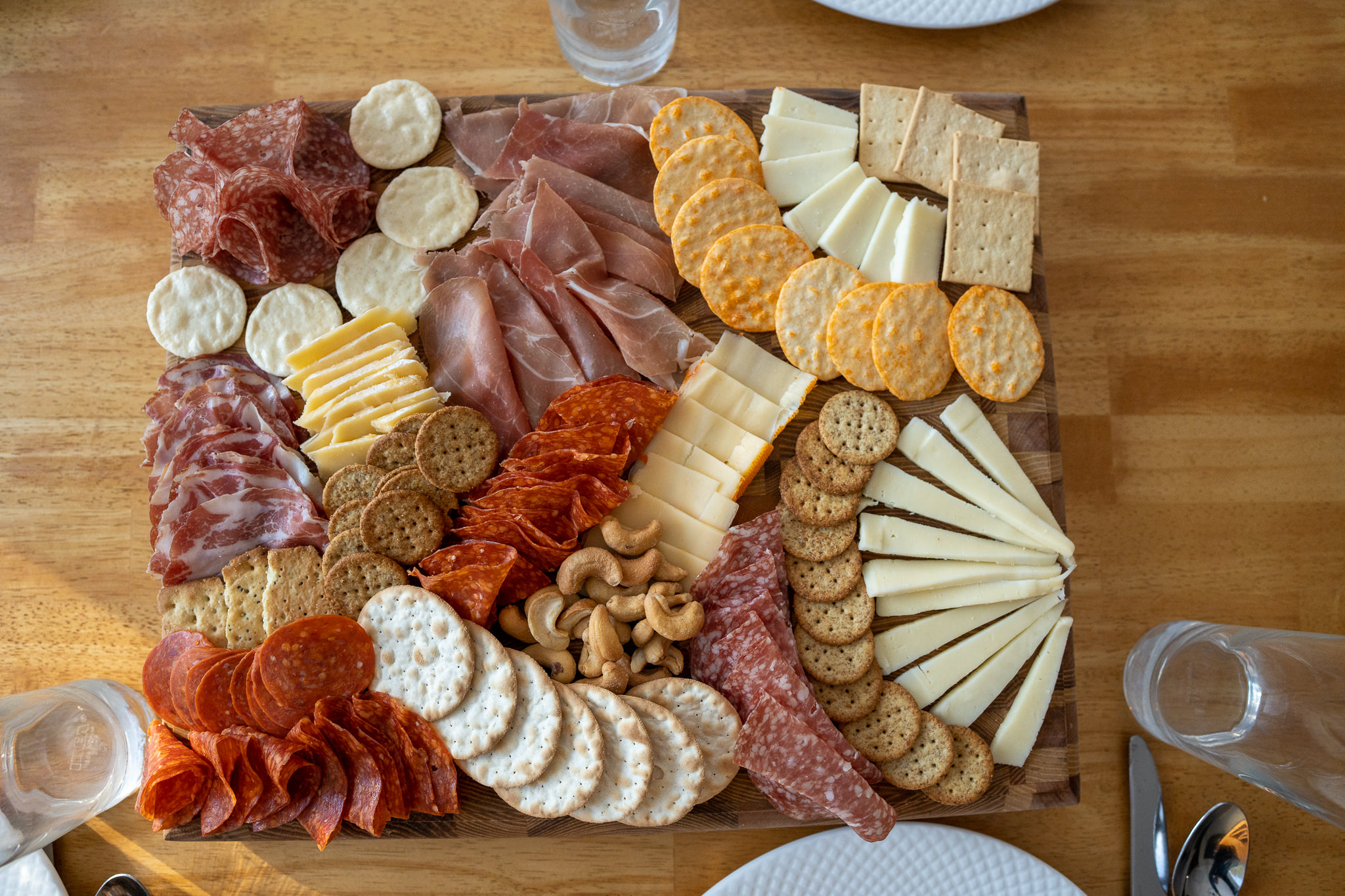


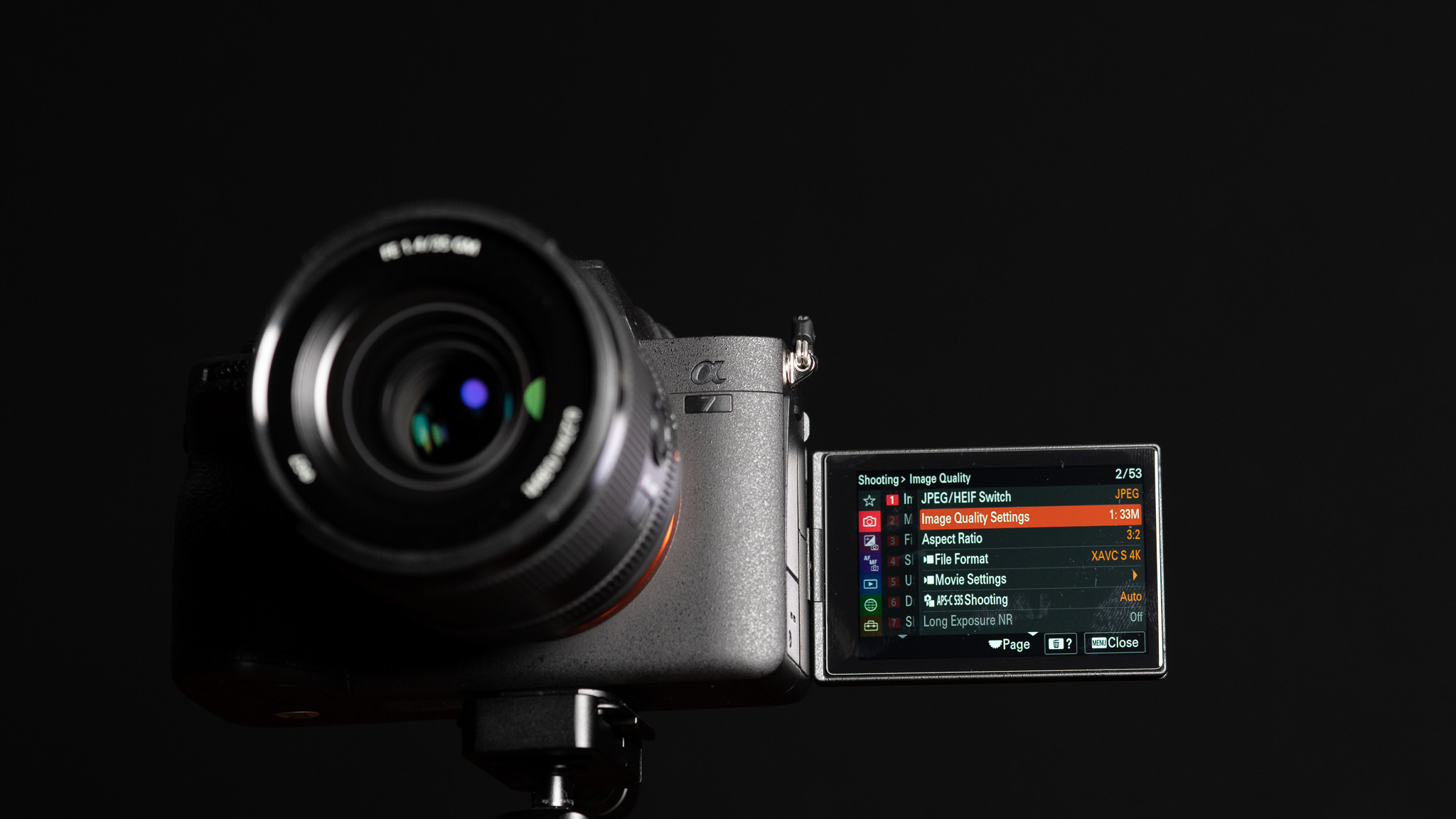
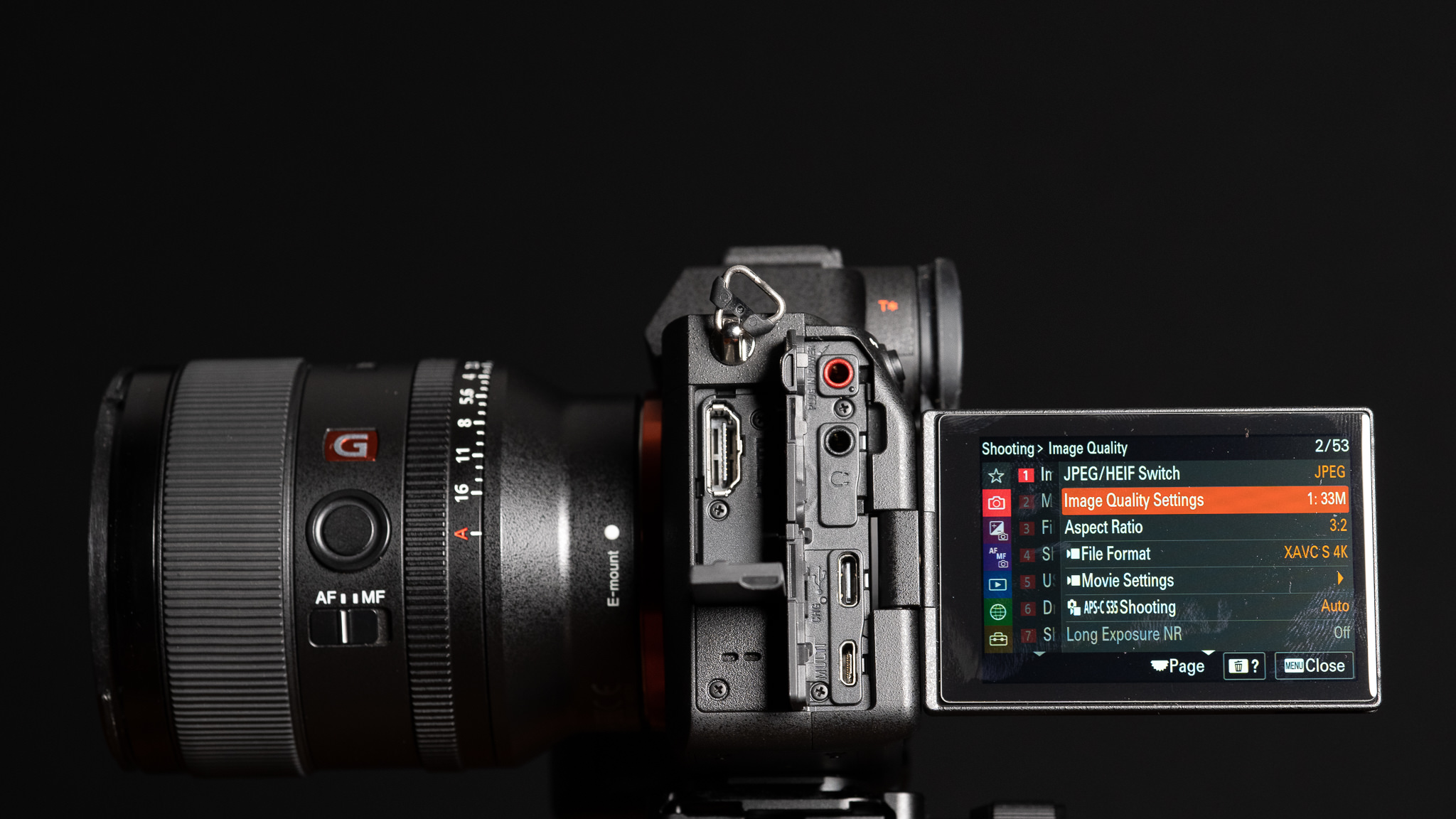
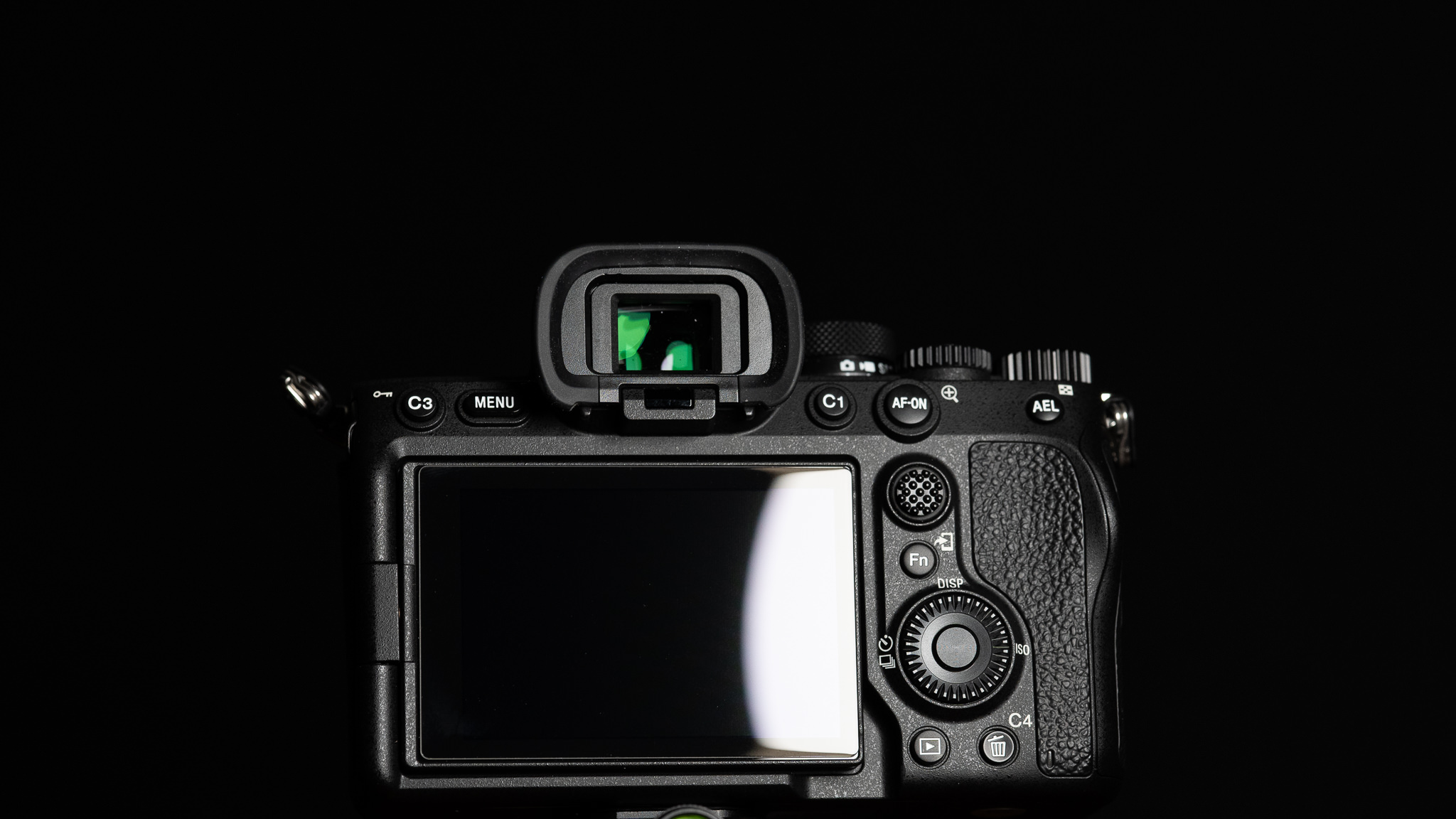
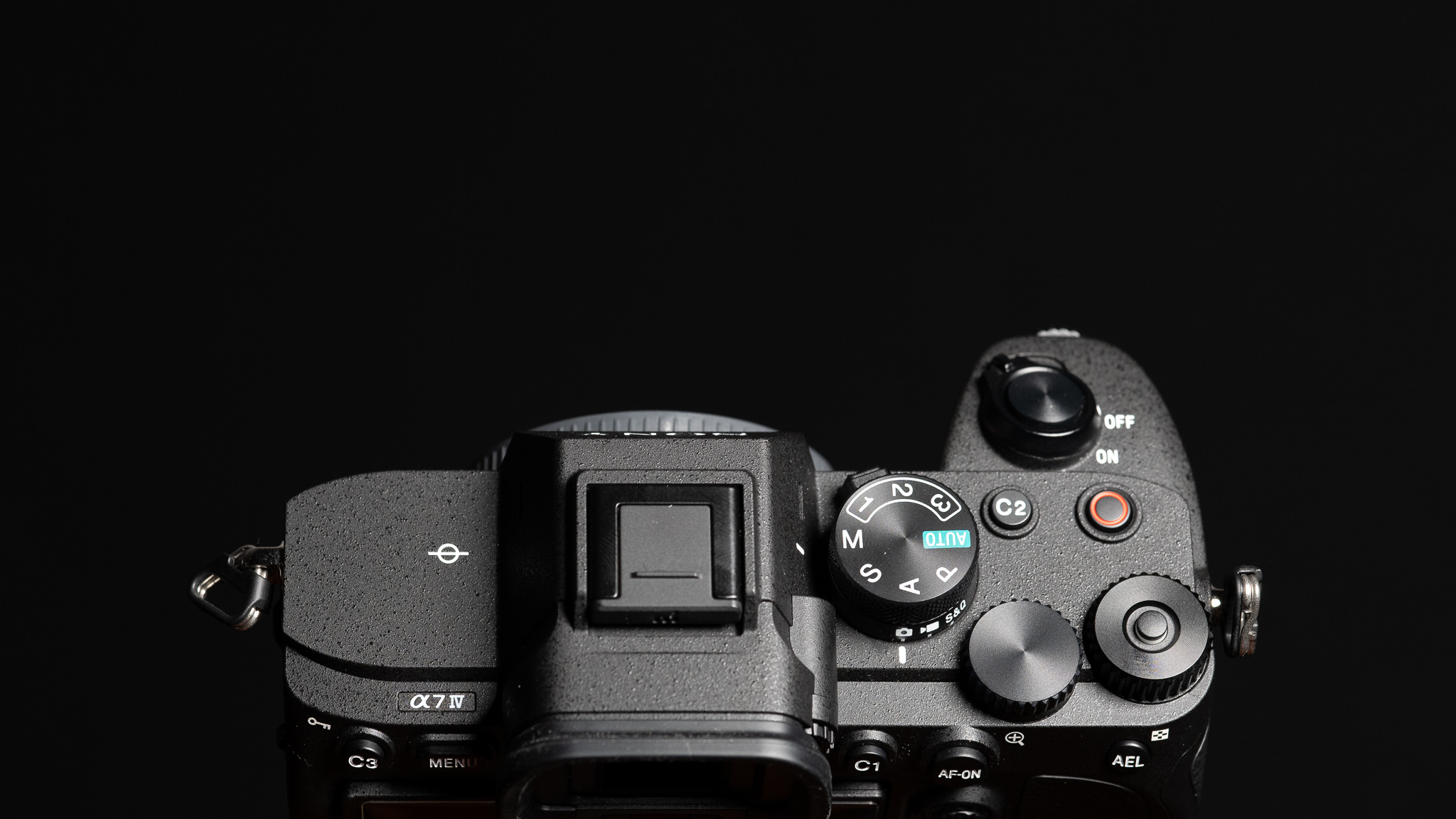

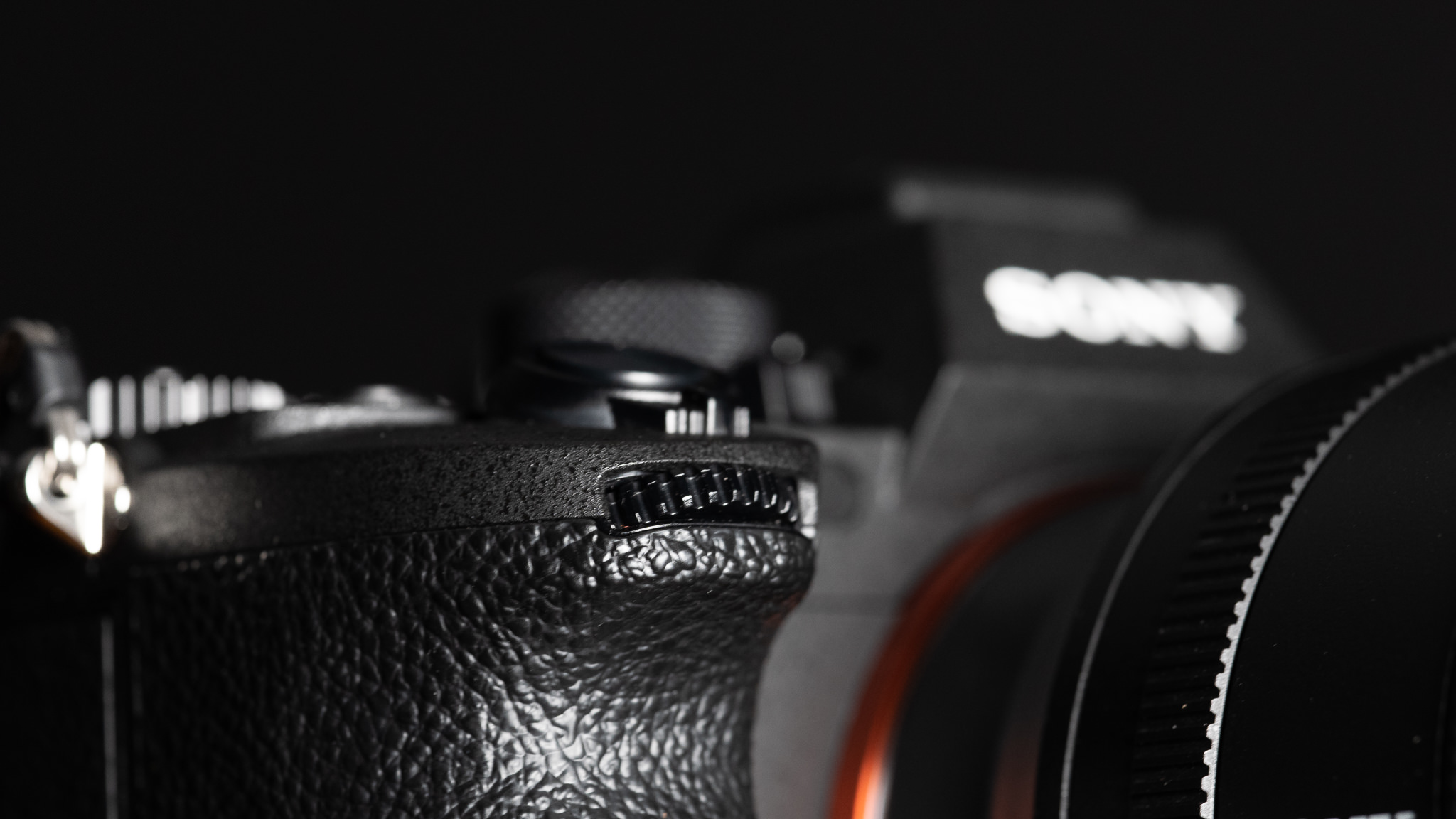
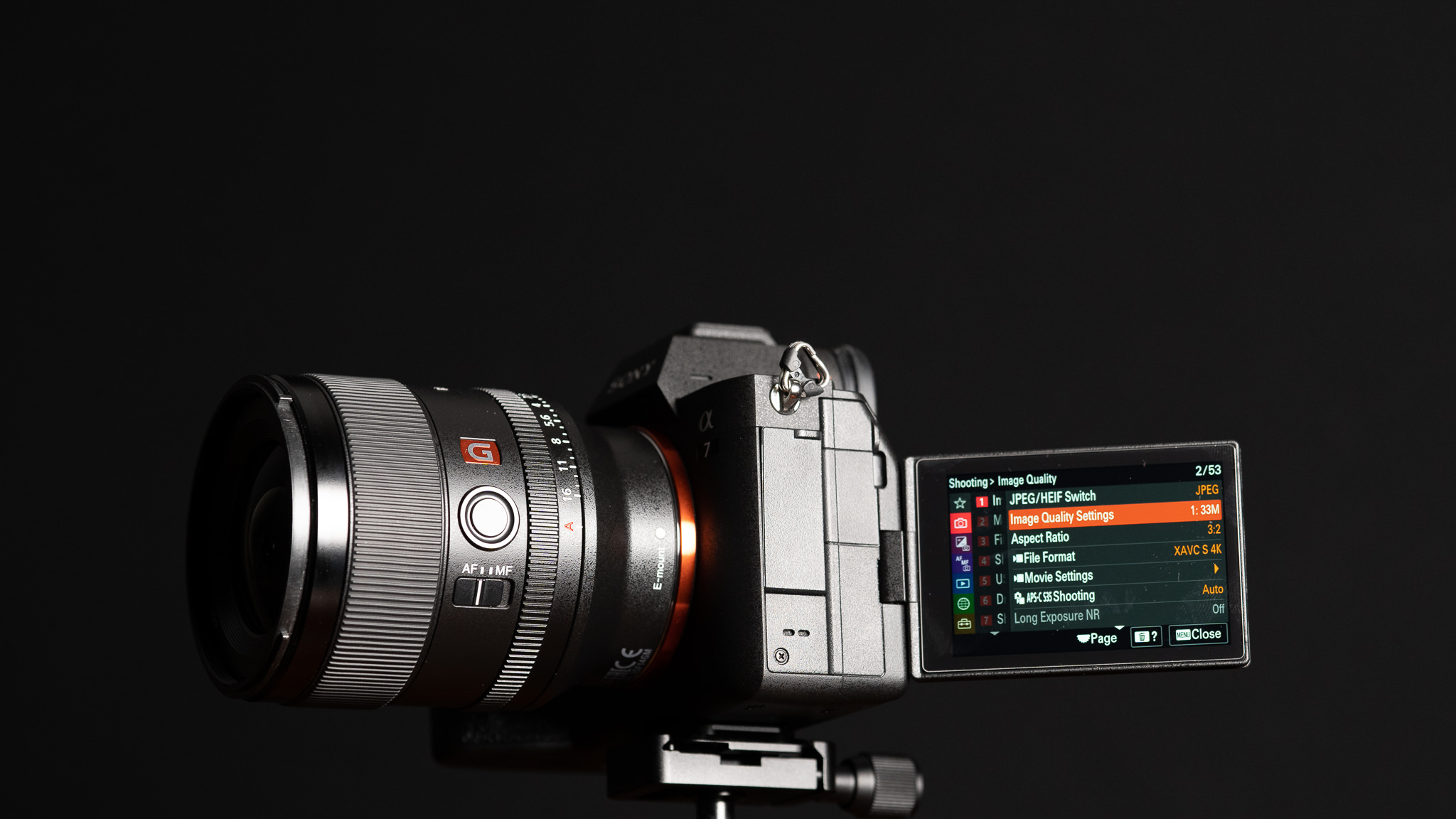
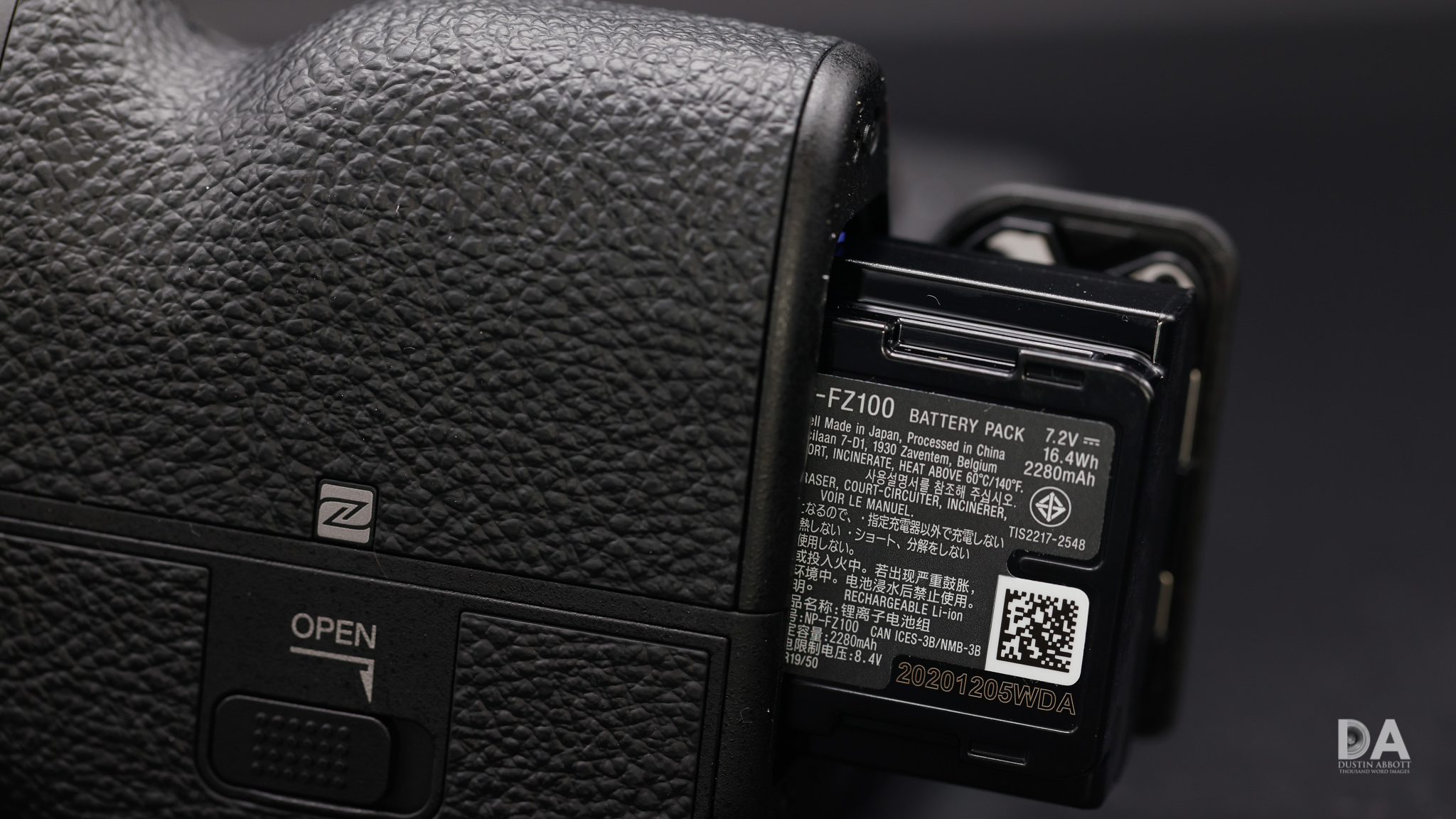


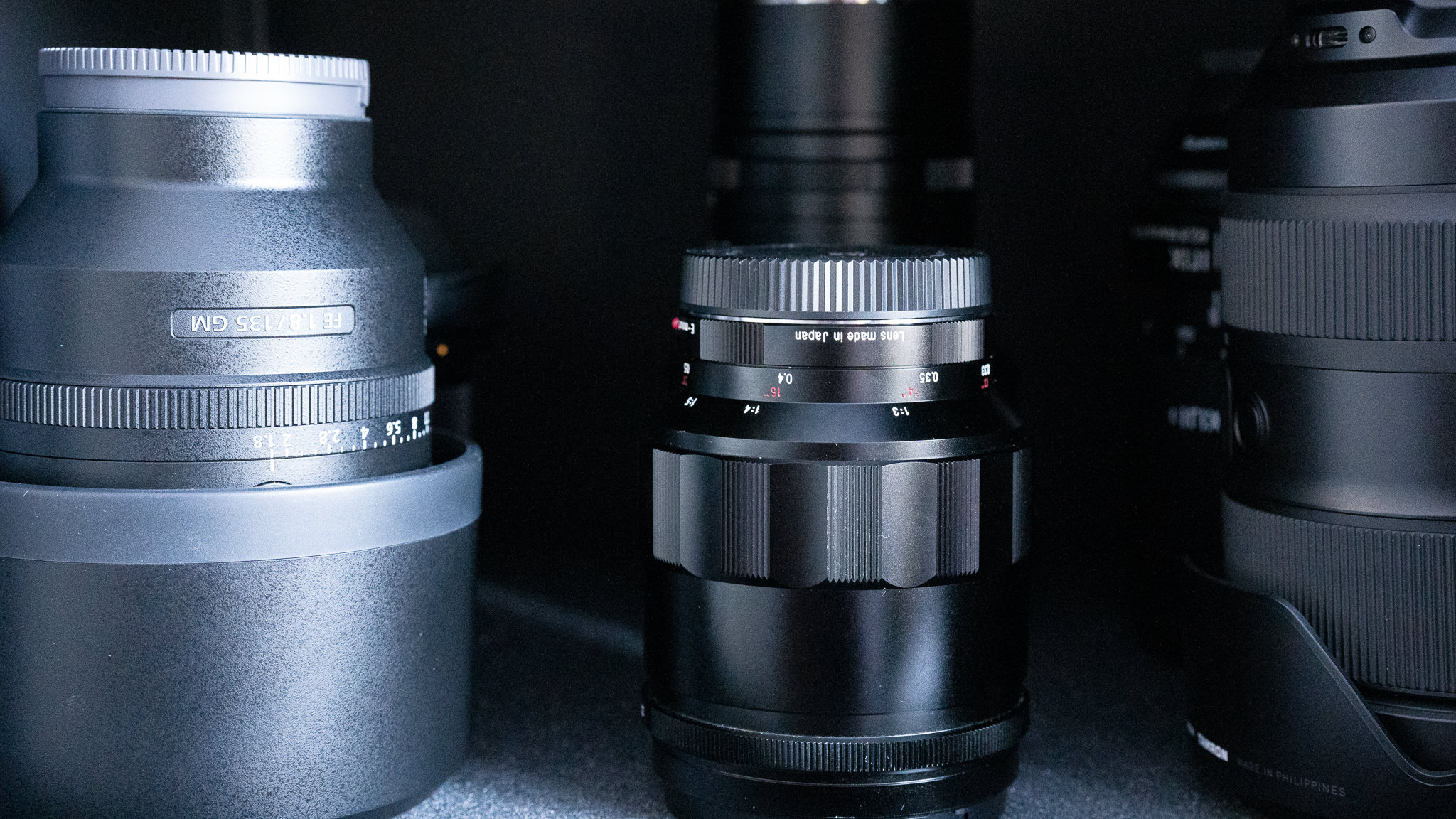
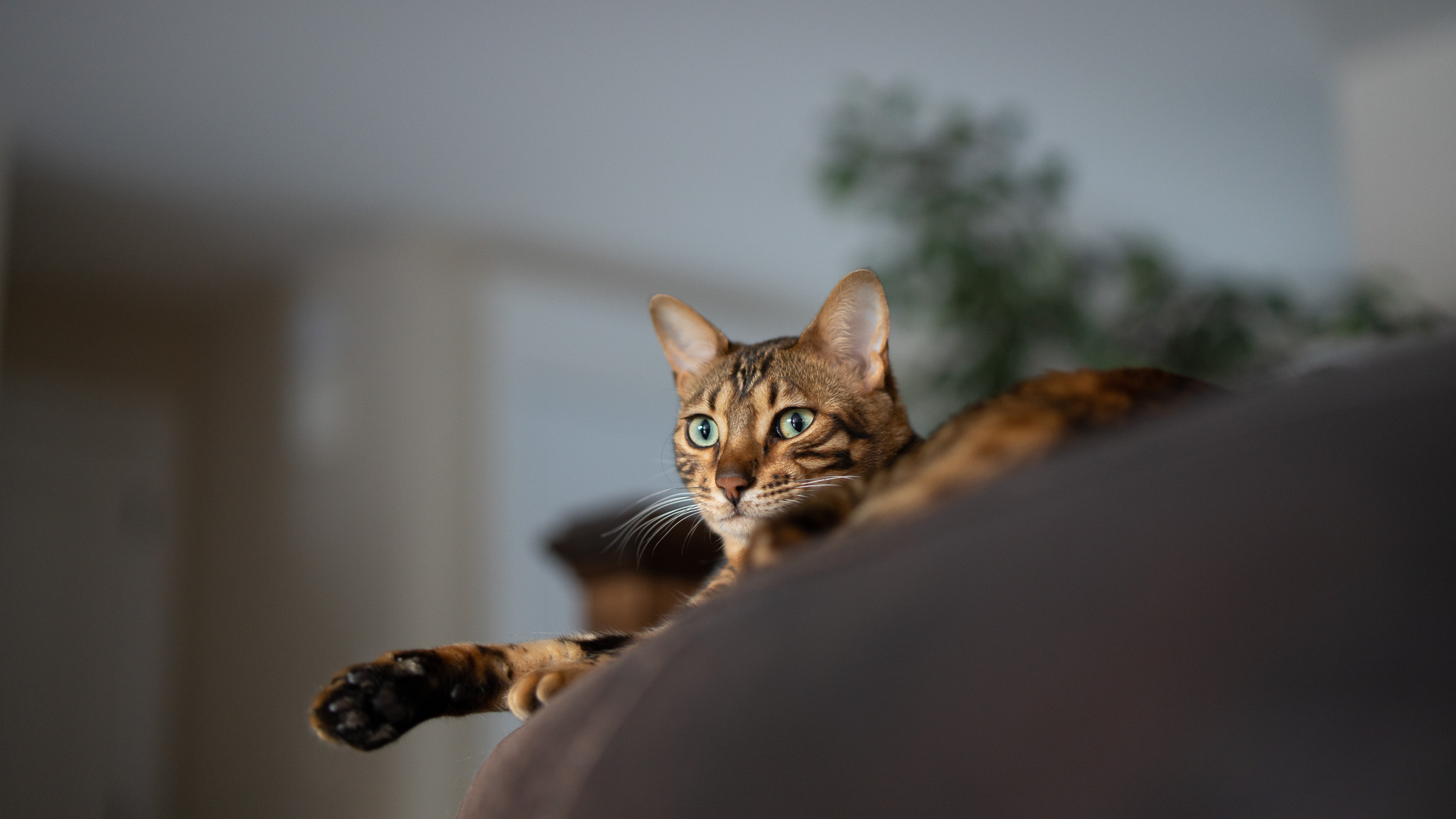
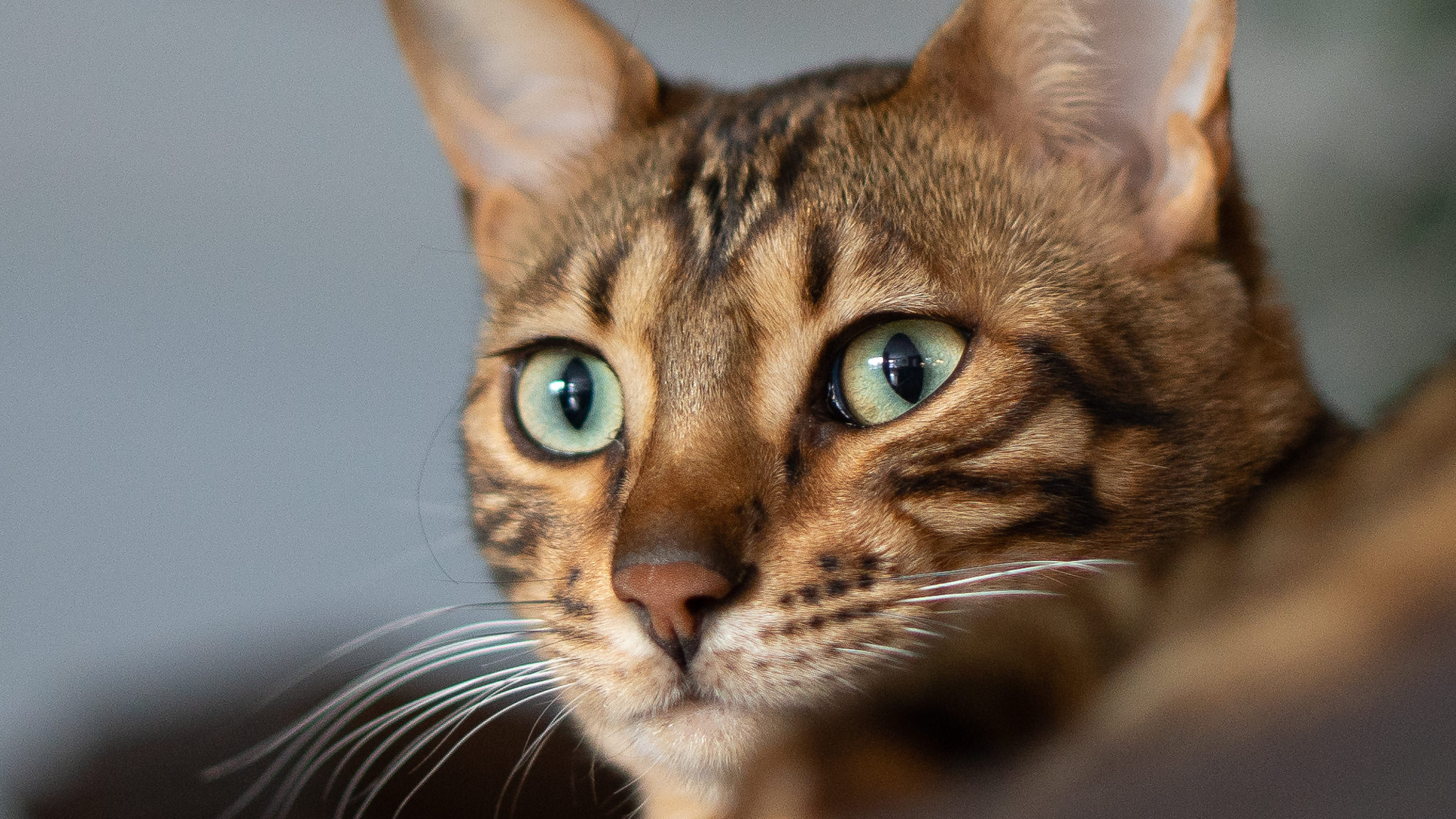







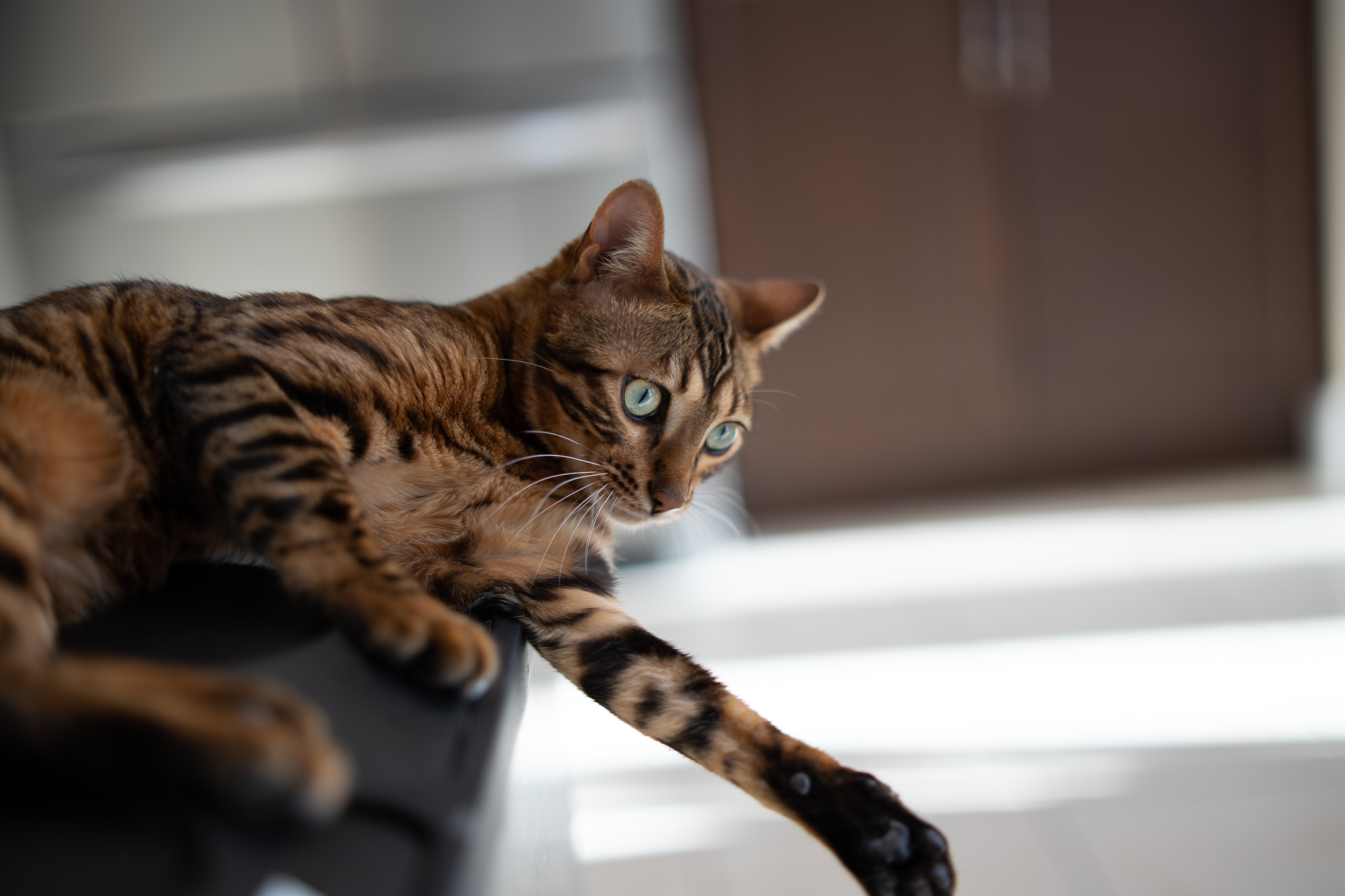
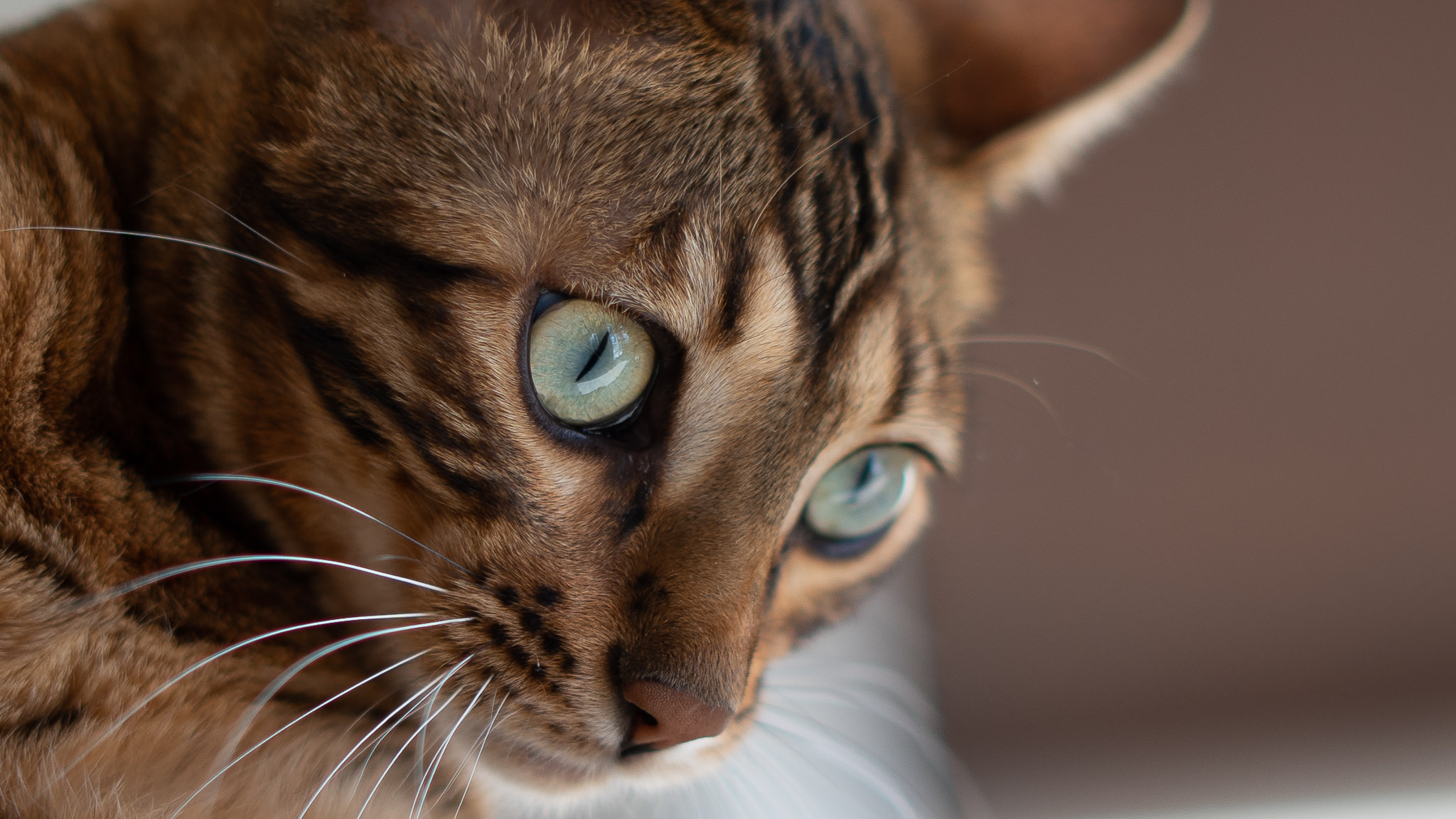

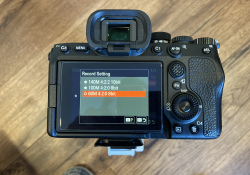
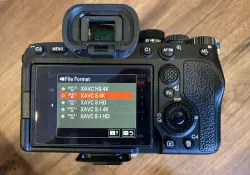
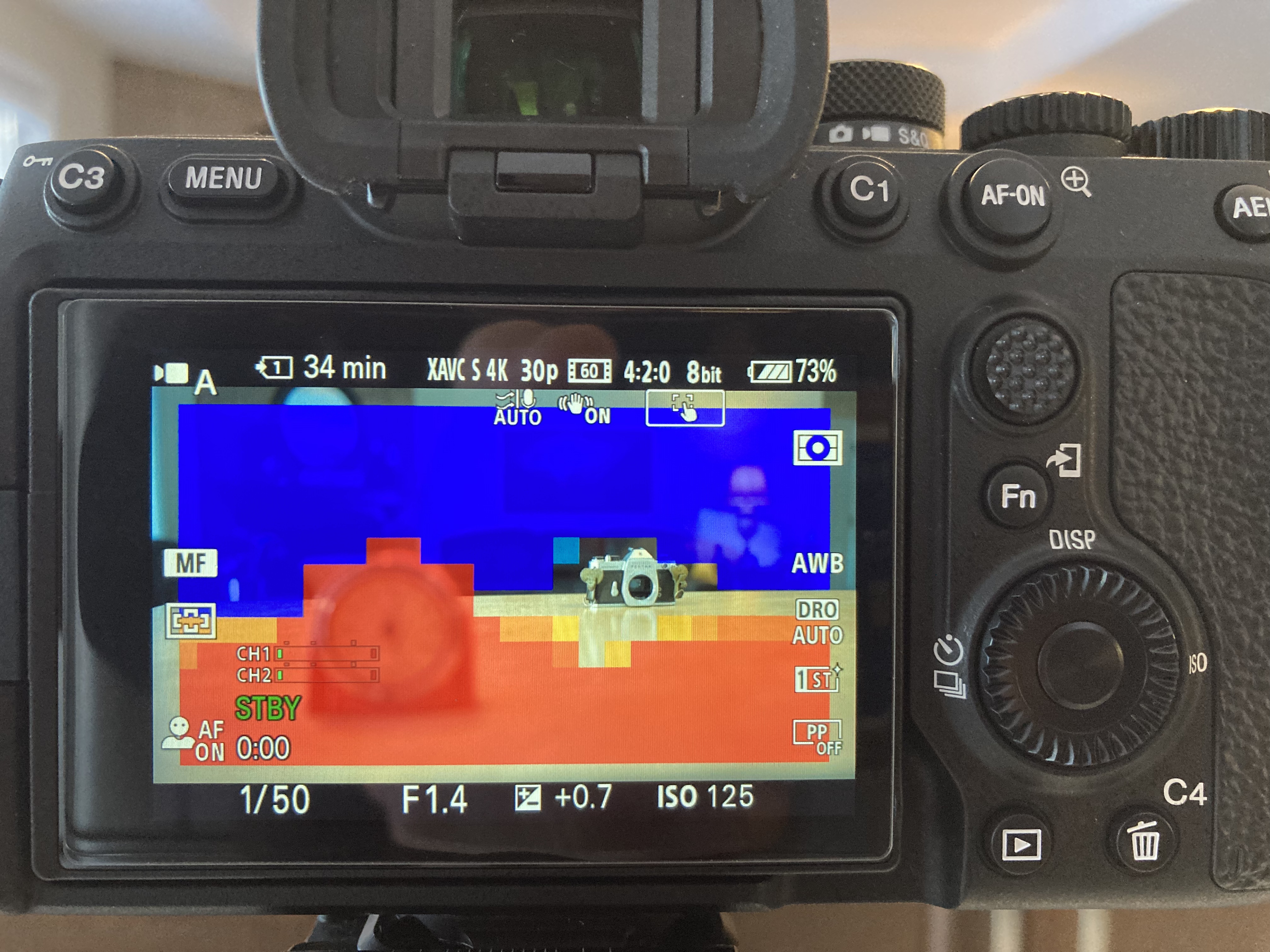



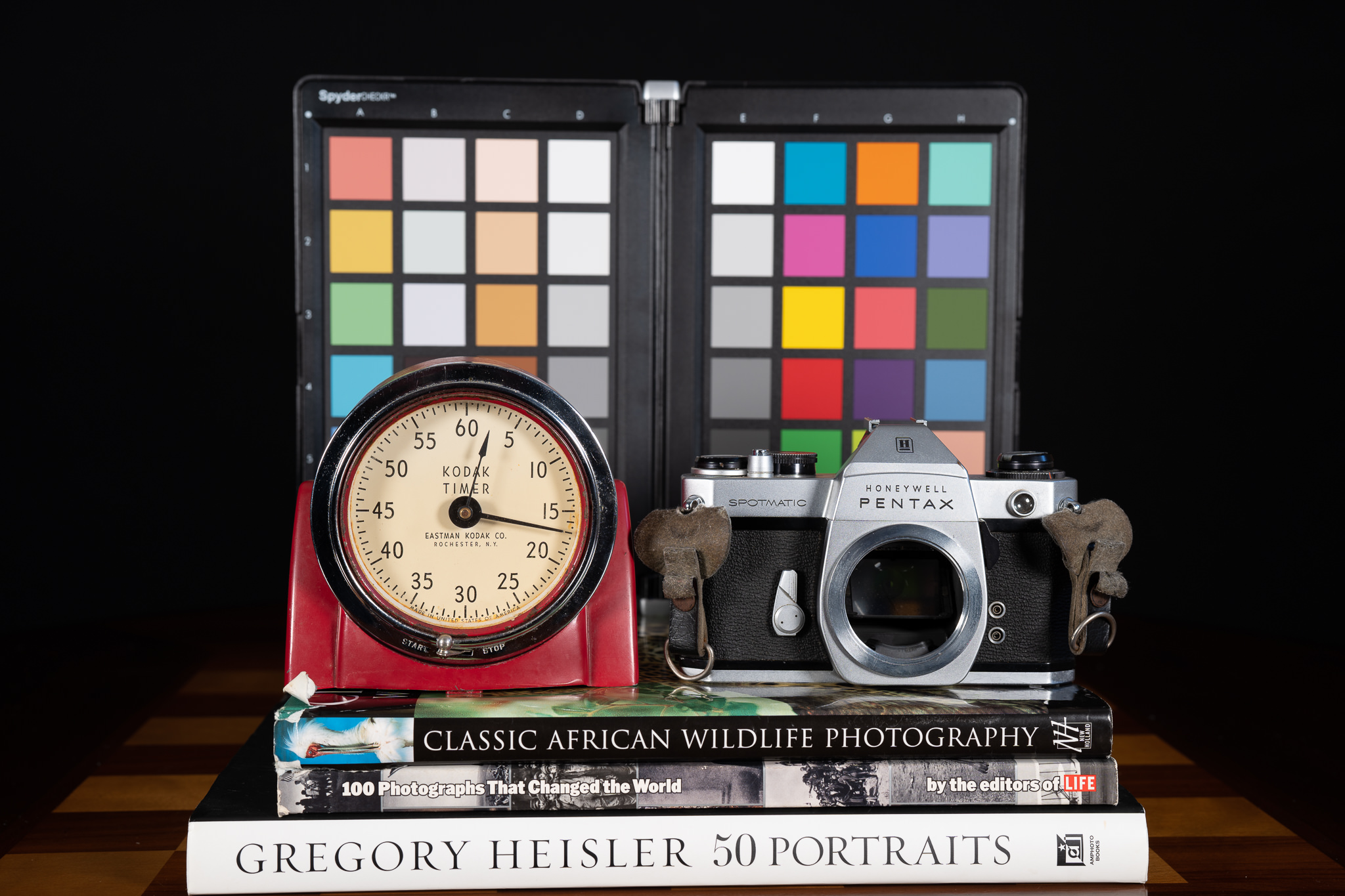
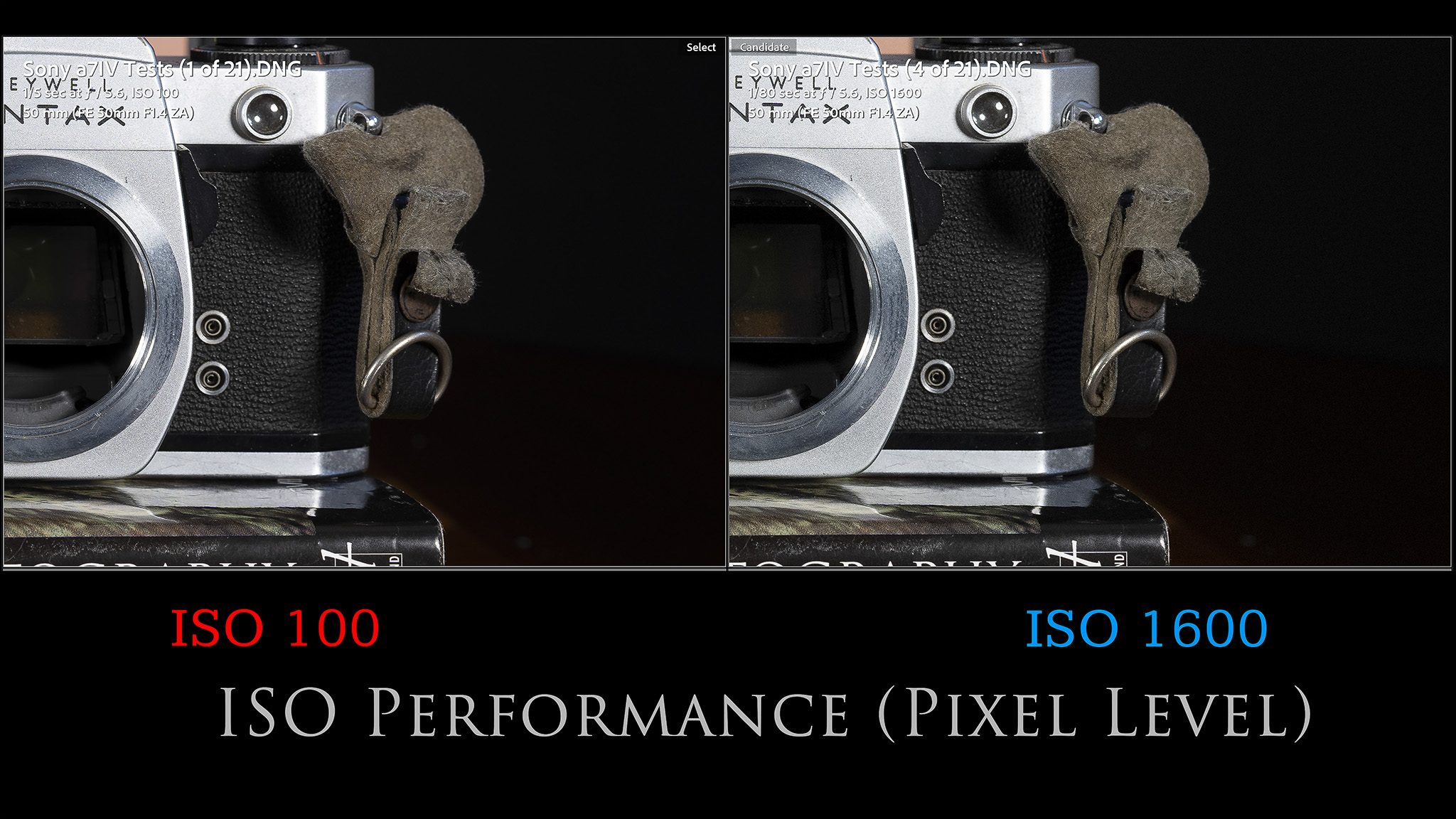

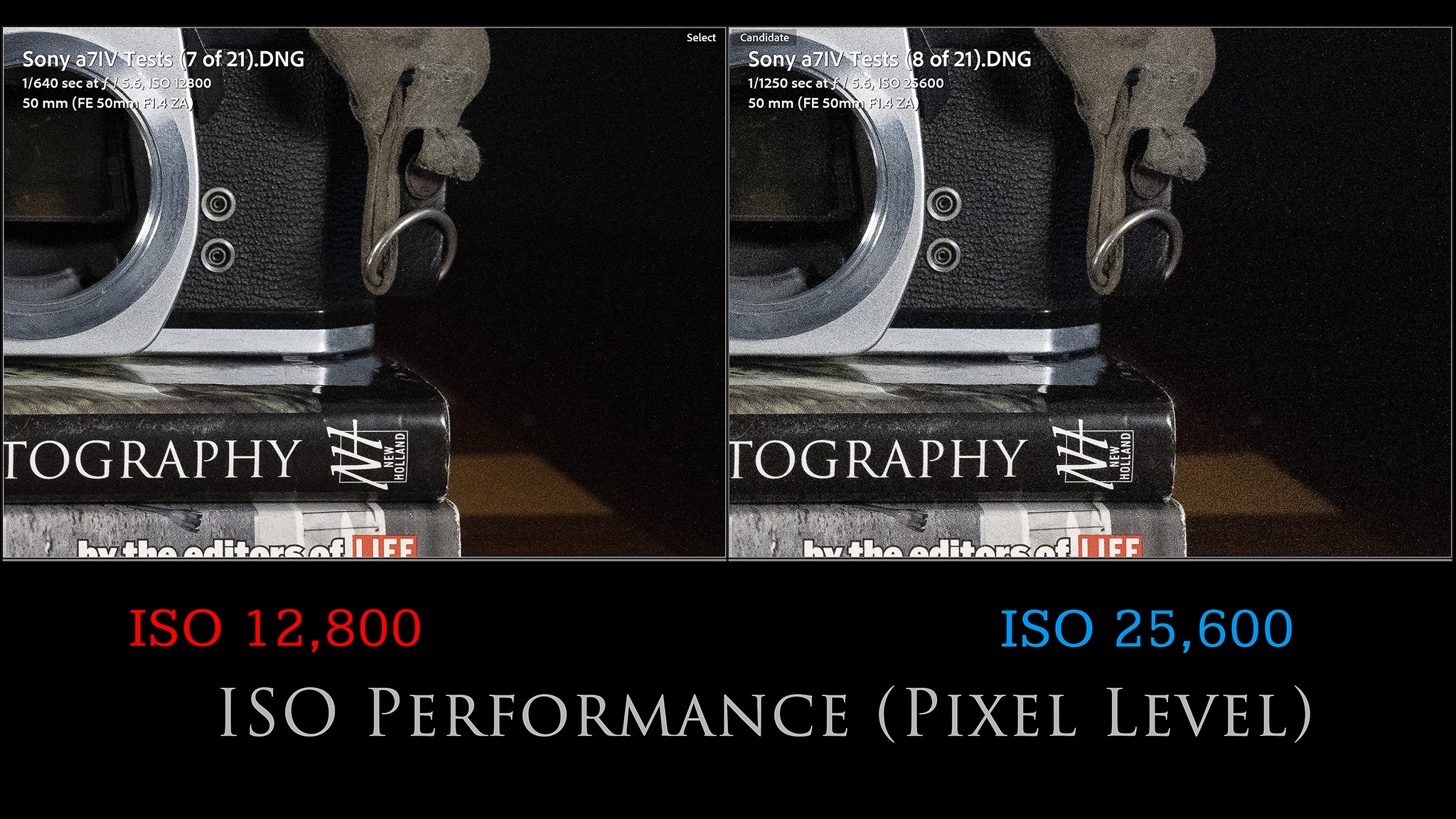
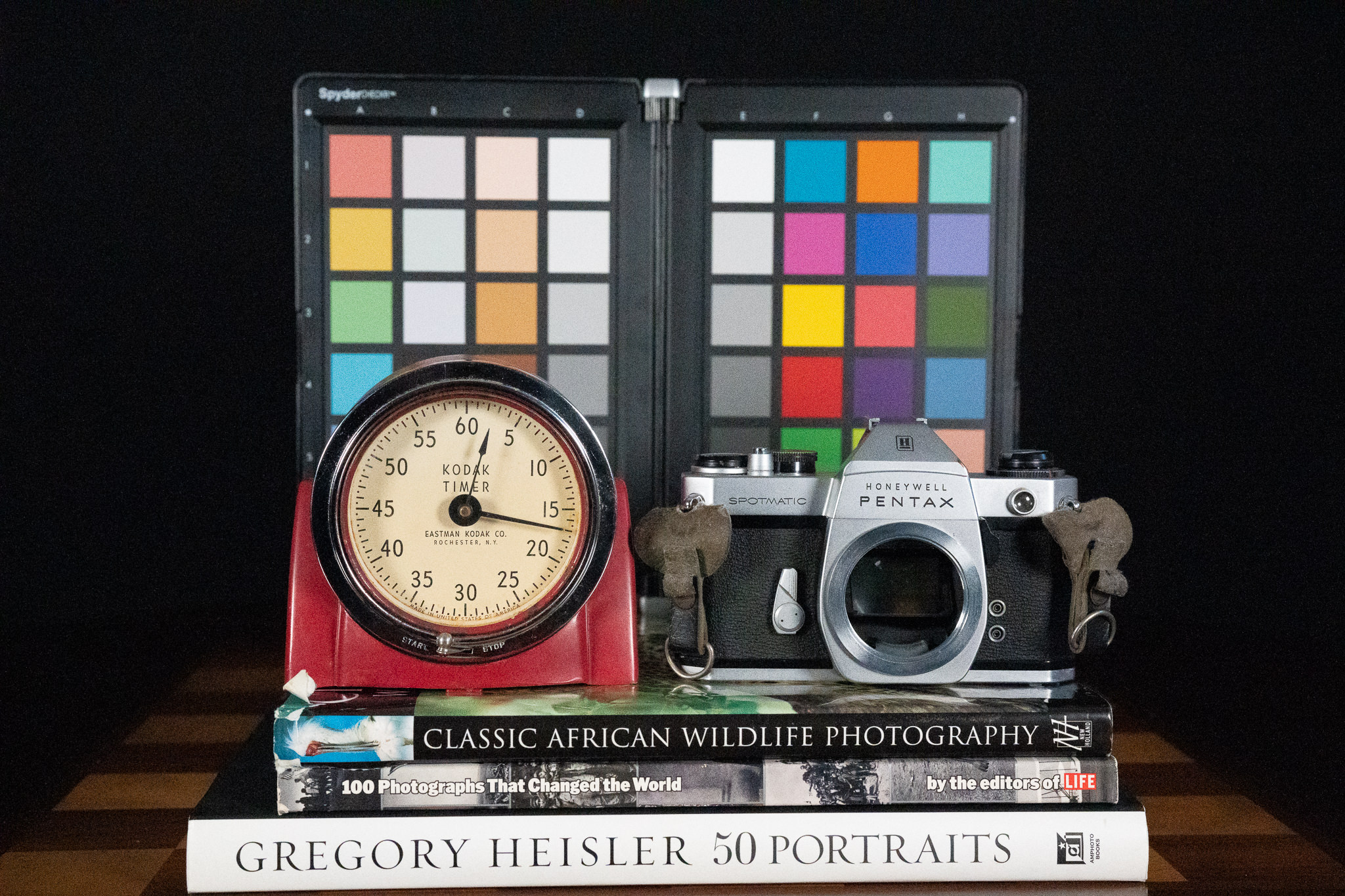

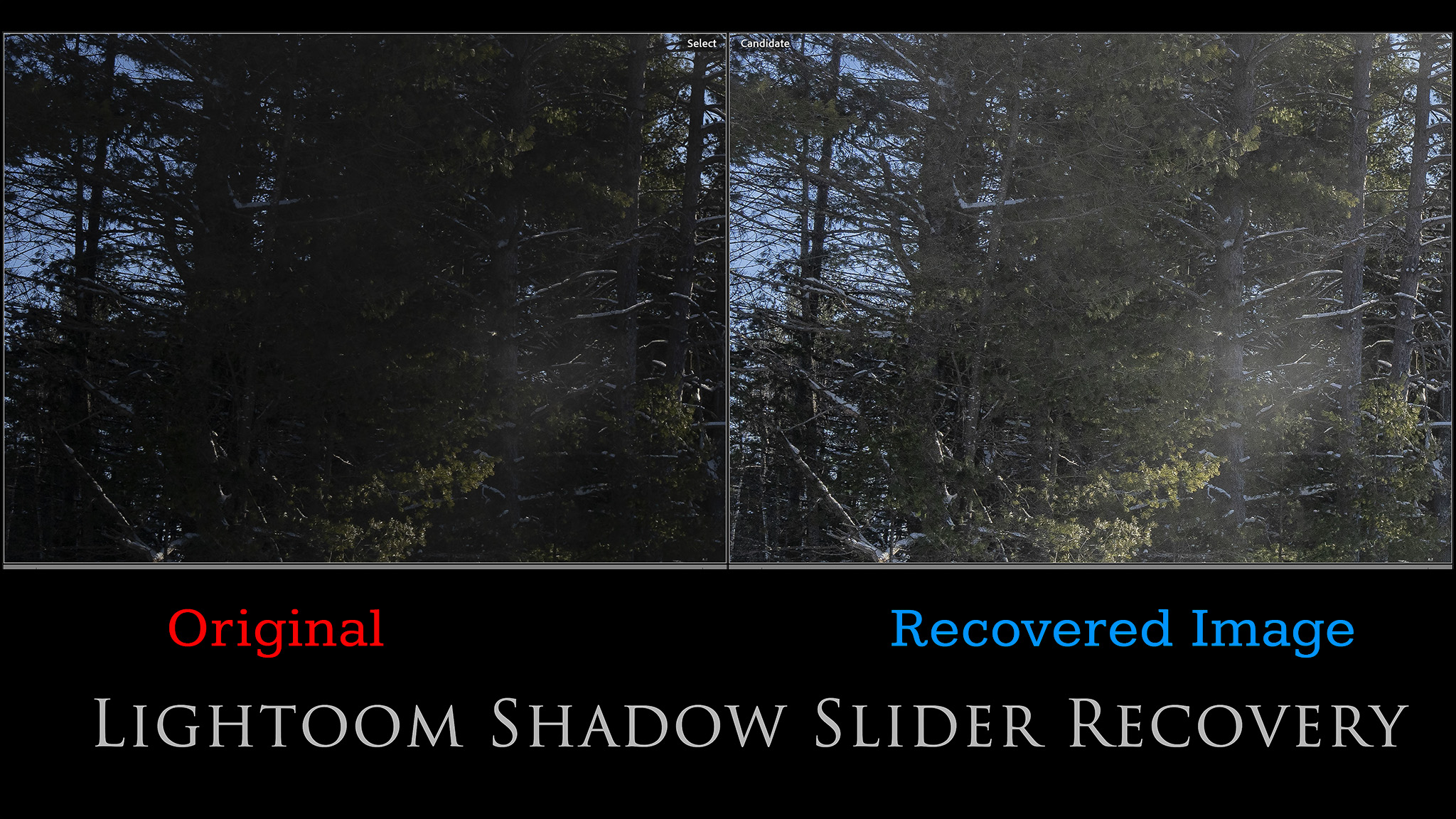
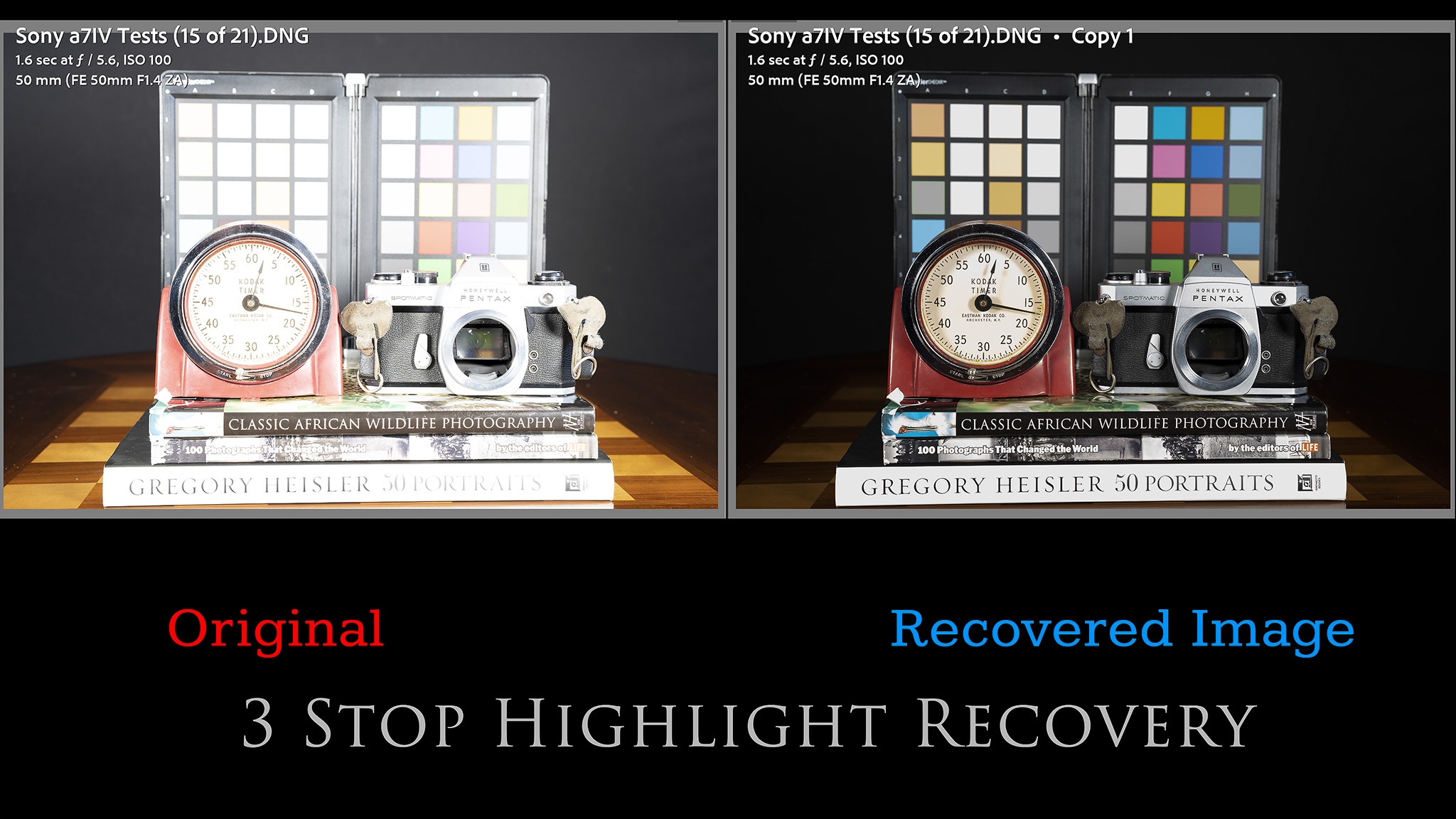

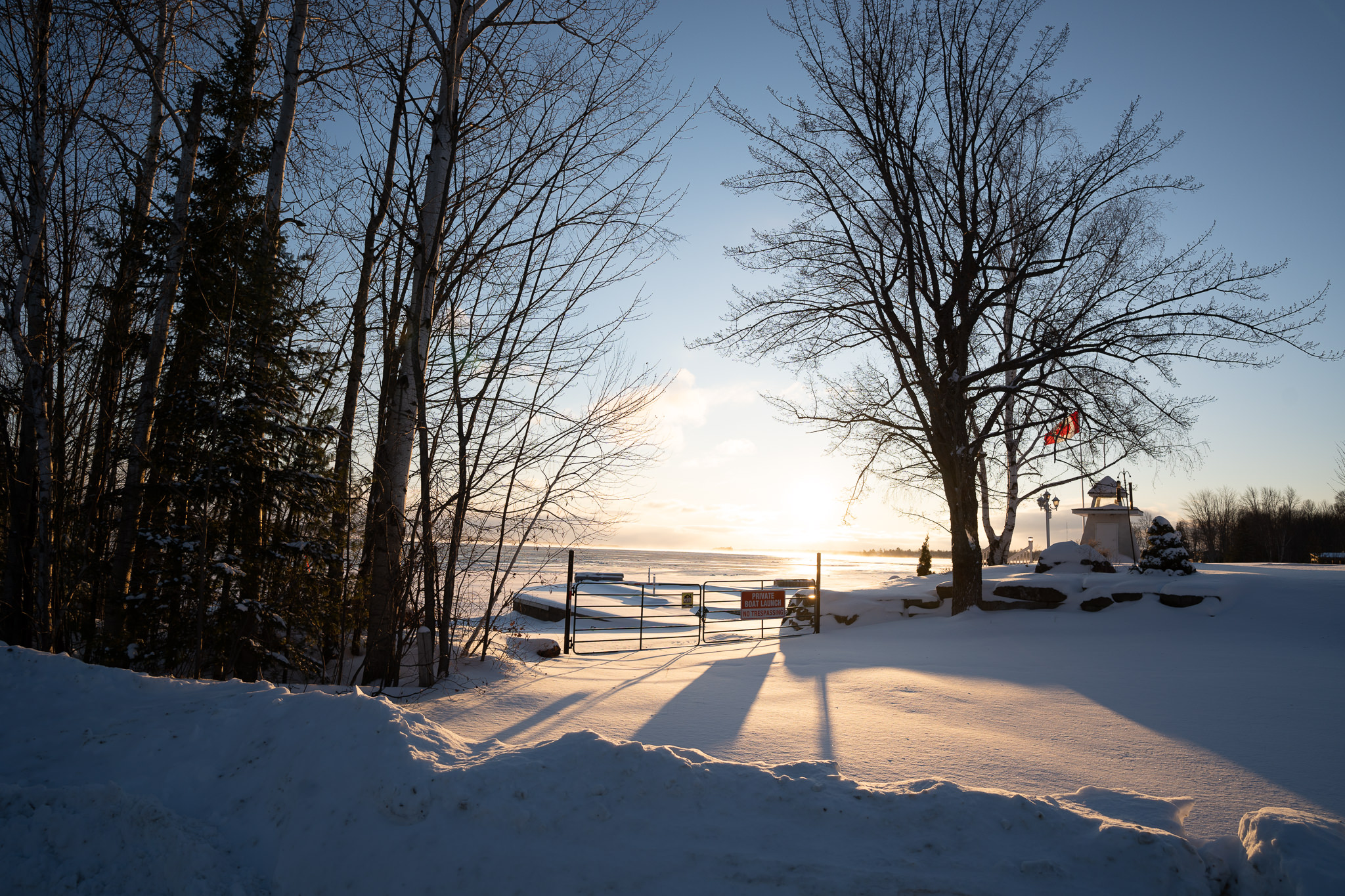
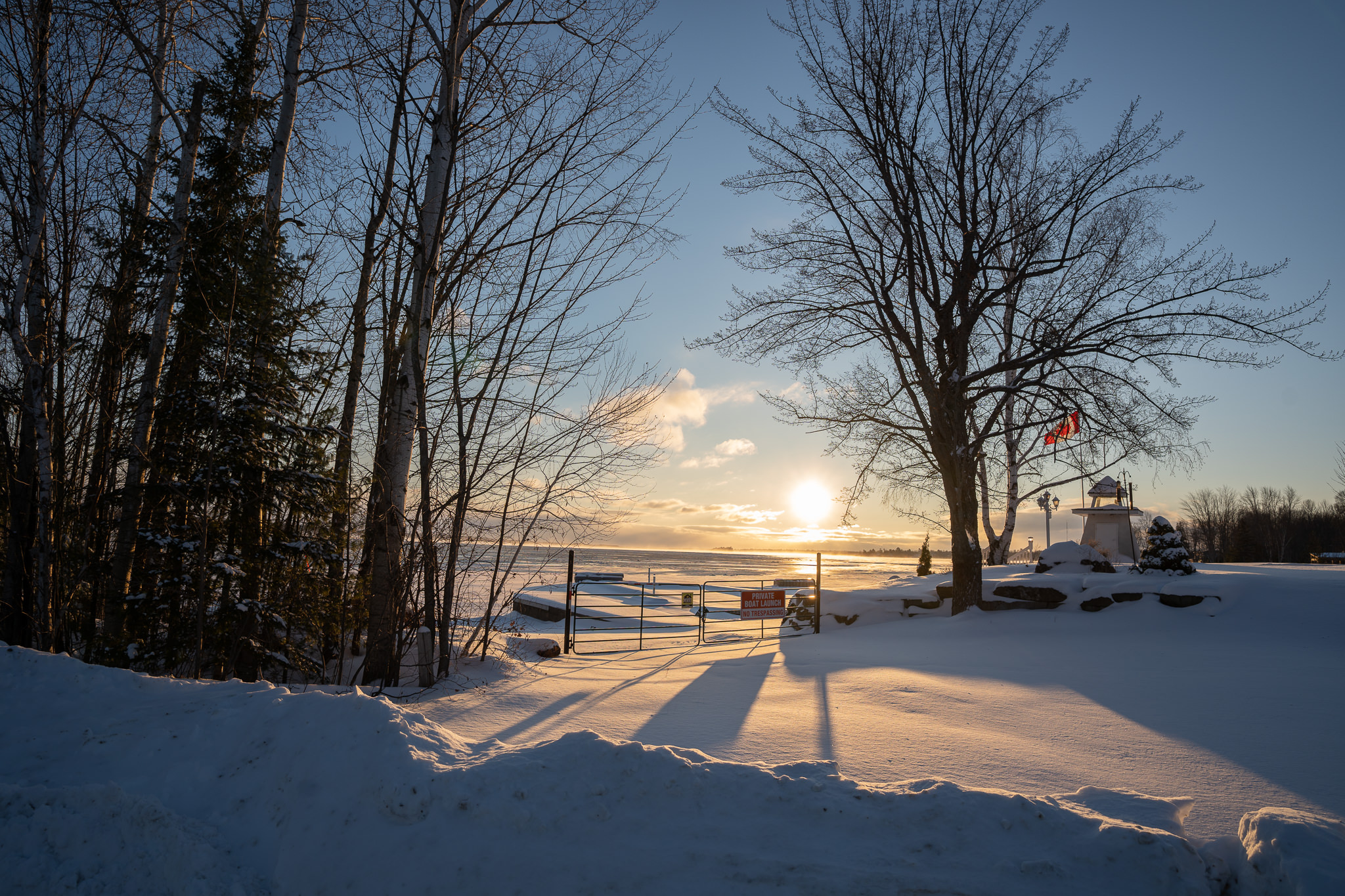



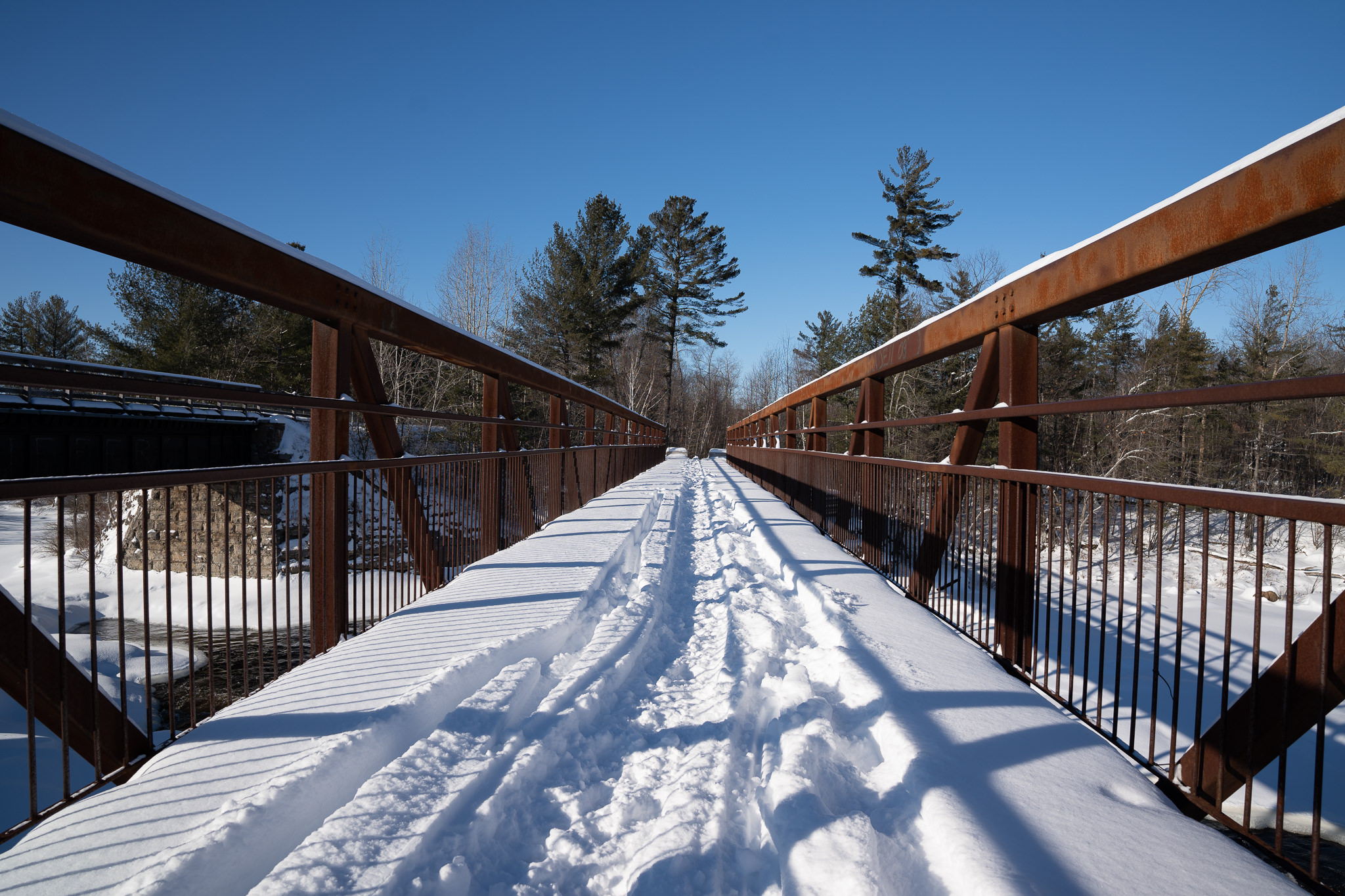

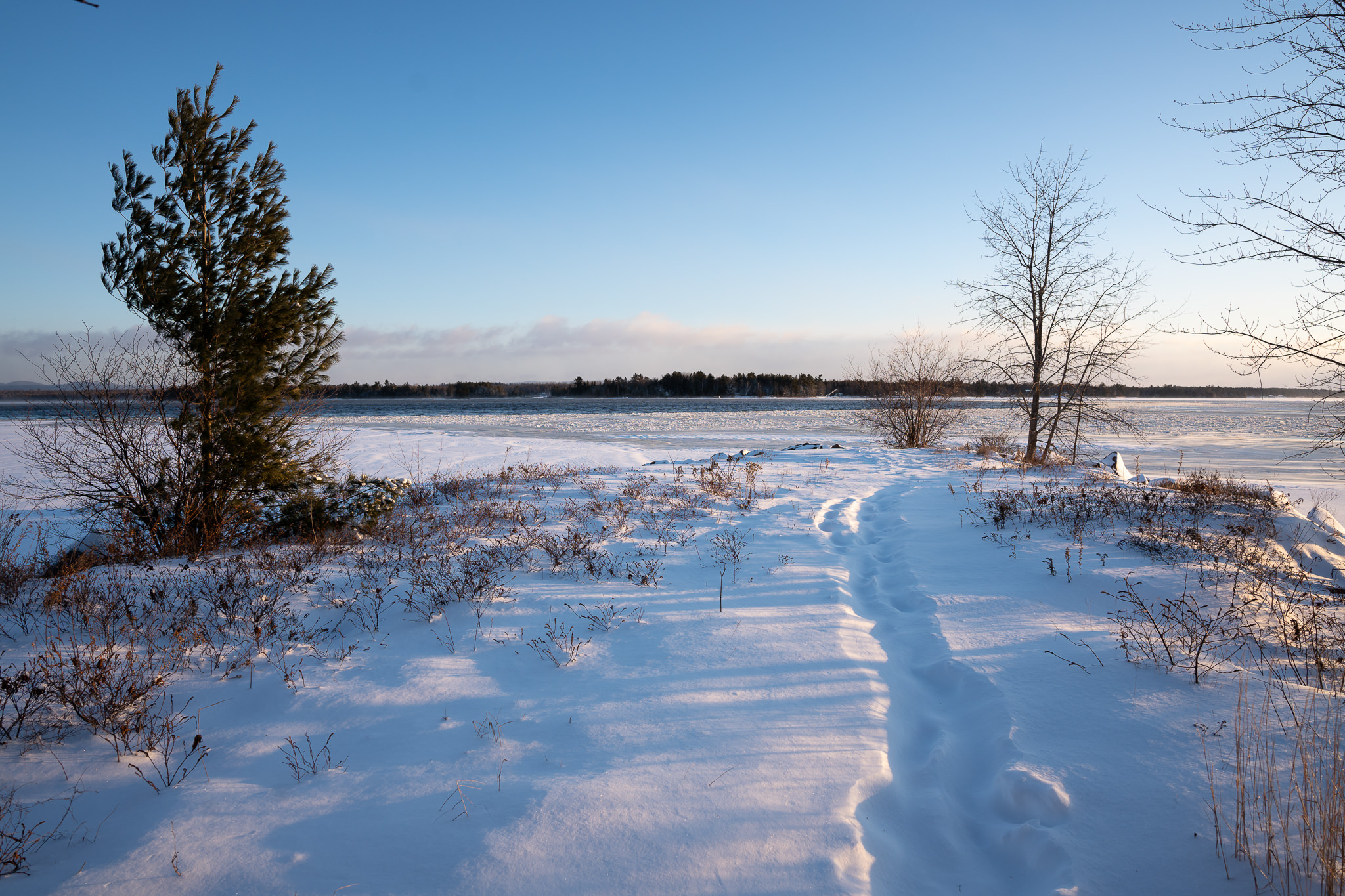


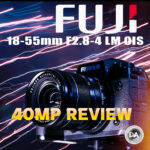 Fujinon XF 18-55mm F2.8-4 LM OIS 40MP 2024 Review
Fujinon XF 18-55mm F2.8-4 LM OIS 40MP 2024 Review  Viltrox AF 56mm F1.7 X-Mount Review
Viltrox AF 56mm F1.7 X-Mount Review 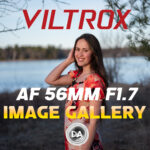 Viltrox AF 56mm F1.7 X Mount Gallery
Viltrox AF 56mm F1.7 X Mount Gallery  Zhiyun Molus X60 RGB COB Light Review
Zhiyun Molus X60 RGB COB Light Review 




